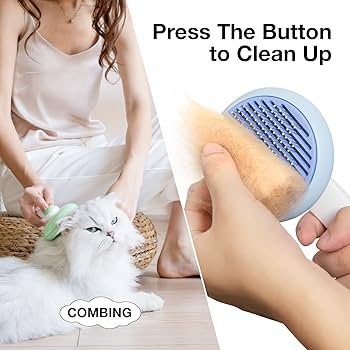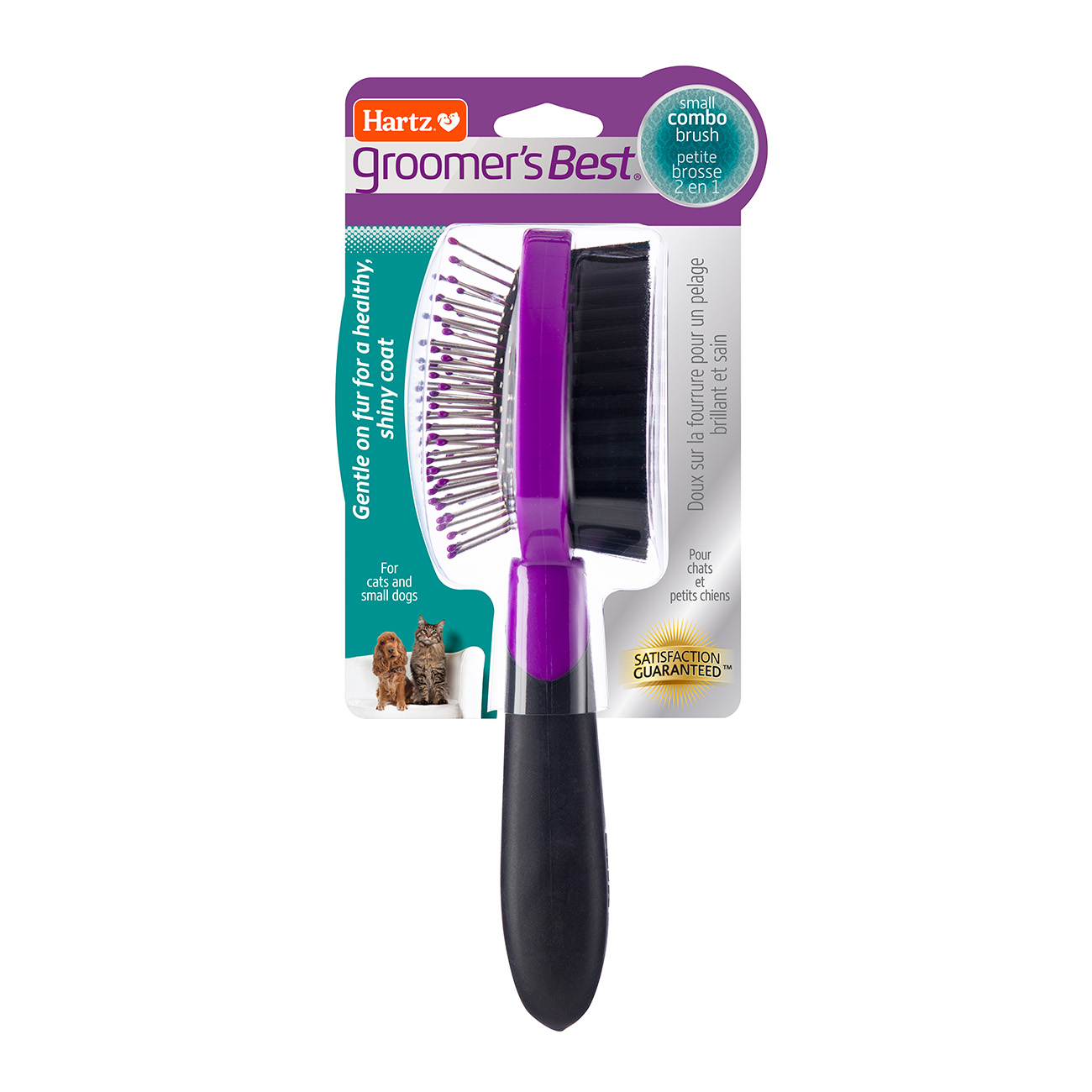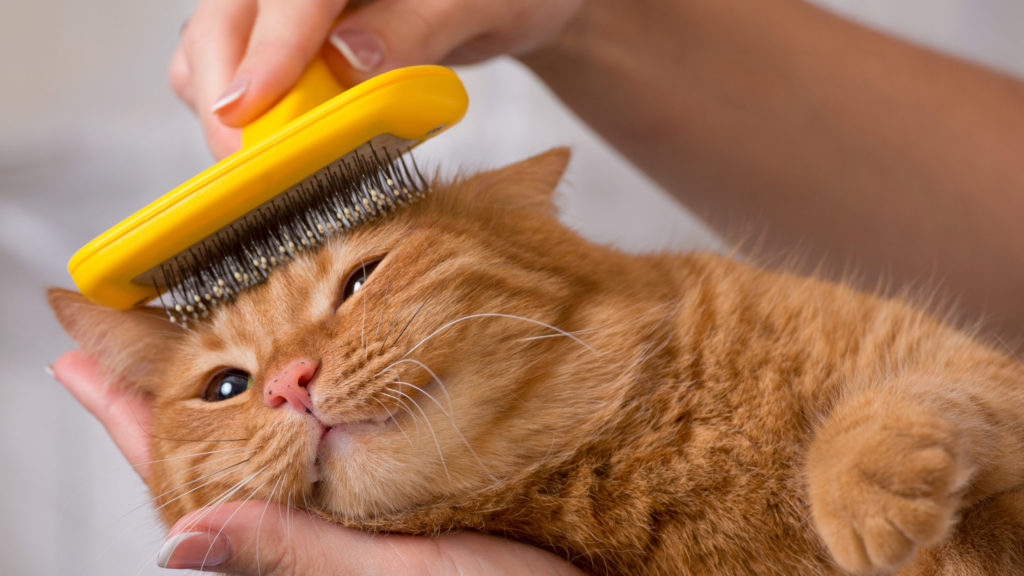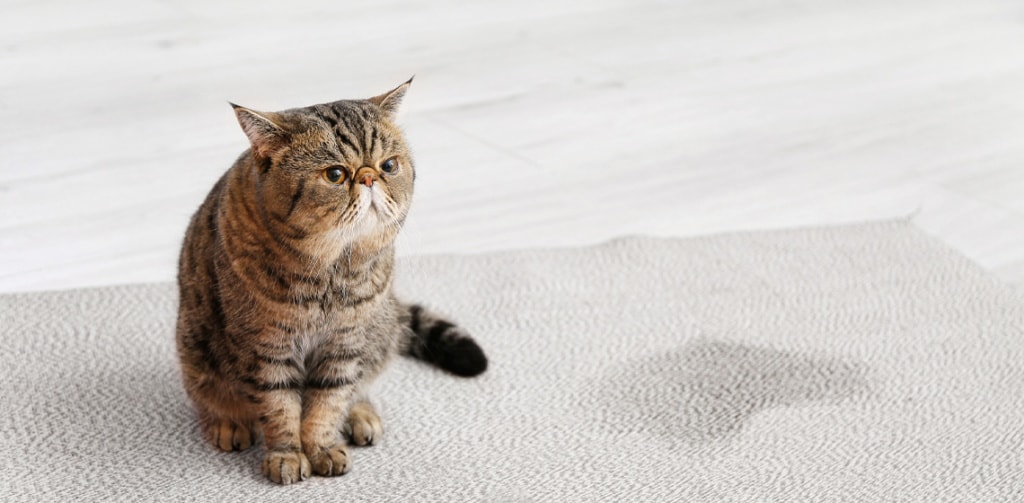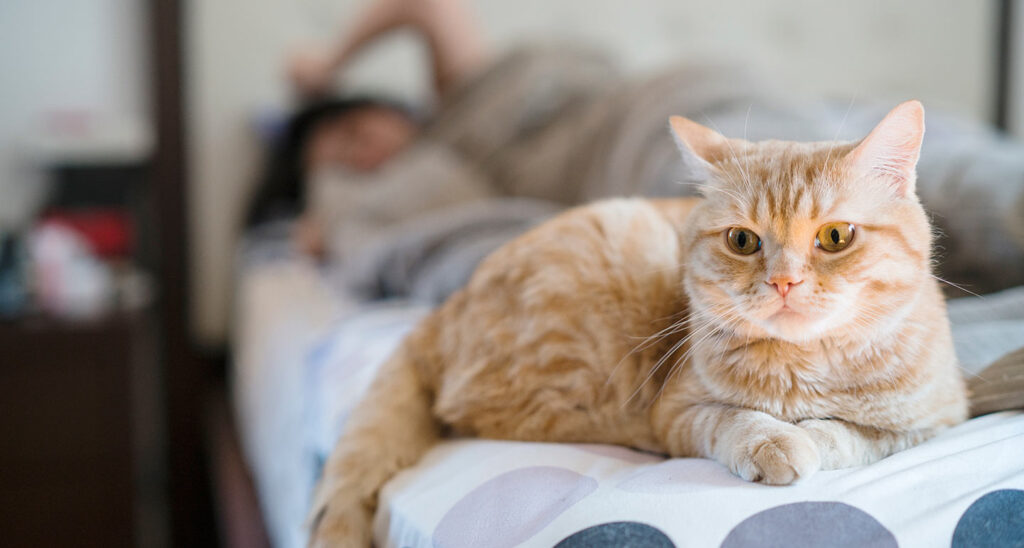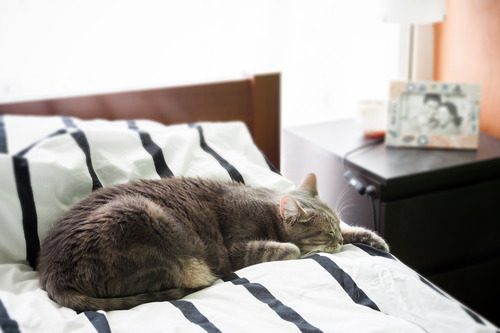
What are Cat Urine Crystals?
As a proud cat owner, I’ve become all too familiar with the challenges that can arise from our feline friends’ health. One concerning issue that many cat parents face is the formation of cat urine crystals. These tiny urinary stones can lead to a plethora of complications if not addressed promptly, making it essential to understand what they are and how to prevent them.
Types of Cat Urine Crystals
Cat urine crystals are classified into different types based on their composition, each with distinct properties and implications for your cat’s health. Understanding these types can help you and your veterinarian devise an effective plan for management and prevention. Here’s a breakdown of the most common types:
- Struvite Crystals:
- Formed typically in alkaline urine.
- Often associated with urinary tract infections (UTIs).
- Can lead to blockages if they accumulate.
- Calcium Oxalate Crystals:
- Usually found in more acidic urine.
- Unlike struvite crystals, they don’t dissolve with dietary changes.
- More common in middle-aged cats and may require surgical intervention if they grow large.
- Urate Crystals:
- Rare but can occur in cats with liver issues or certain metabolic disorders.
- Typically formed as a result of high purine diets.
- Cystine Crystals:
- Very uncommon and linked to genetic predisposition.
- Formed in urine that is too acidic, often requiring specialized dietary adjustments for prevention.
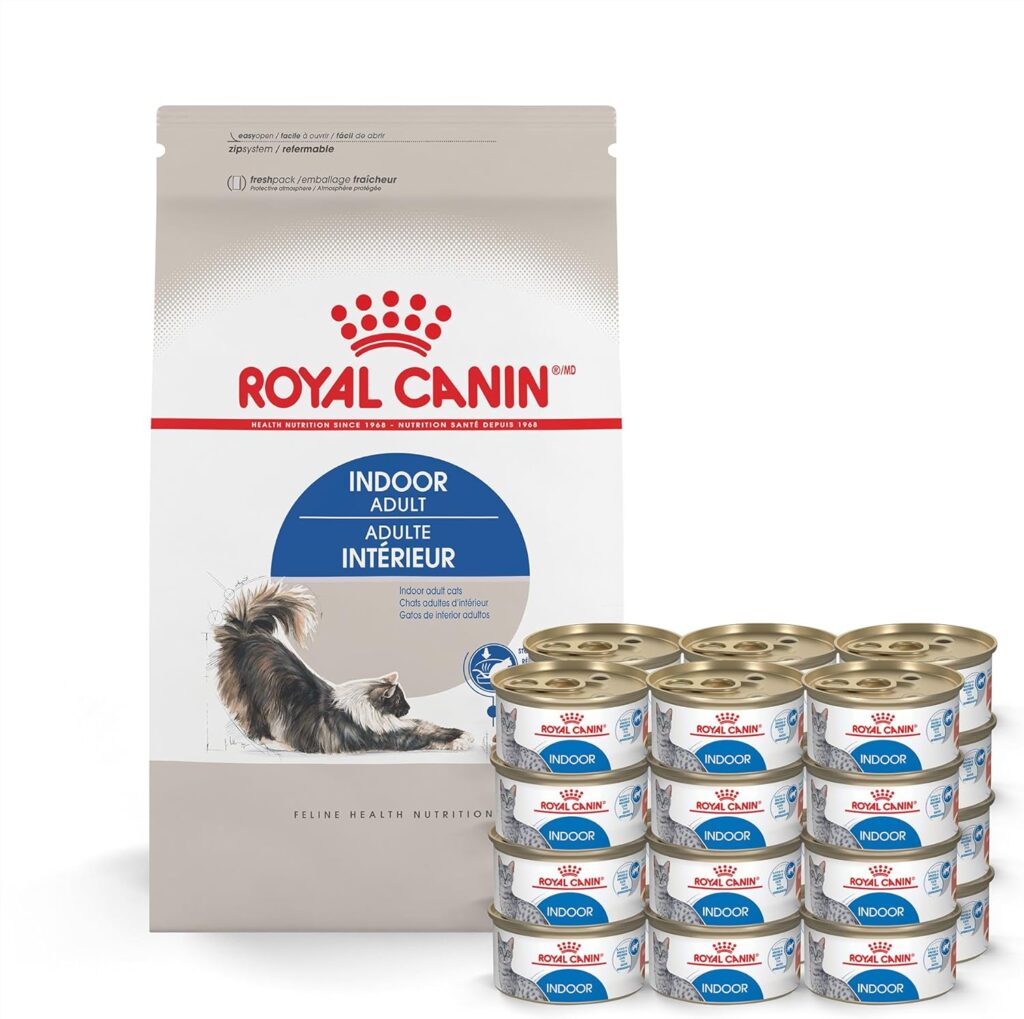
Recognizing these types of crystals is crucial. For instance, when my own cat developed struvite crystals, we realized how crucial it was to discuss modifications in diet and hydration levels with our vet. This knowledge became immensely helpful in steering us towards the right cat food options and hydration strategies.
In summary, identifying the type of cat urine crystals is fundamental to managing your cat’s urinary health effectively. By understanding the differences among these crystals, you can better discuss management strategies with your veterinarian and provide optimal care for your feline companion.
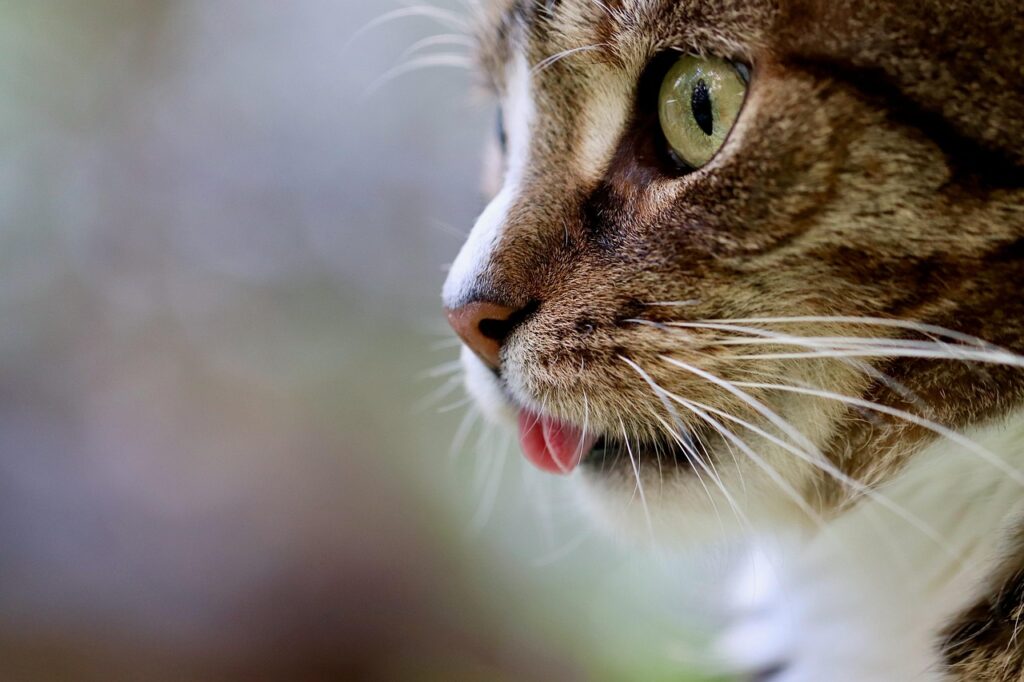
Causes of Cat Urine Crystals
Understanding the causes of cat urine crystals is crucial for any cat owner who wants to prevent urinary health issues. There are two primary factors that contribute to the formation of these crystals: dietary choices and hydration levels. Let’s delve into each of these aspects.
Diet-related Factors
Diet plays a significant role in the development of cat urine crystals, and certain nutrients can exacerbate the issue. For instance, high levels of magnesium and phosphorus are often associated with struvite crystals, while excessive calcium can lead to calcium oxalate crystals. Here are some diet-related factors to consider:
- Protein Sources: Some protein sources can increase the likelihood of crystal formation due to their purine content. For example, too much fish or organ meat in a cat’s diet can lead to urate crystals.
- Mineral Balance: The balance of minerals in your cat’s food is essential. Diets high in minerals like calcium and phosphorus without the right balance of other nutrients can lead to crystal formation.
- Acidity Levels: Diets that create more acidic urine can lead to an increased risk of calcium oxalate crystals. It’s crucial to monitor the pH levels of your cat’s food.
When I switched my cat’s diet to a lower mineral content, I noticed a remarkable decrease in issues related to crystals. A diet tailored to your cat’s specific needs can make a world of difference.
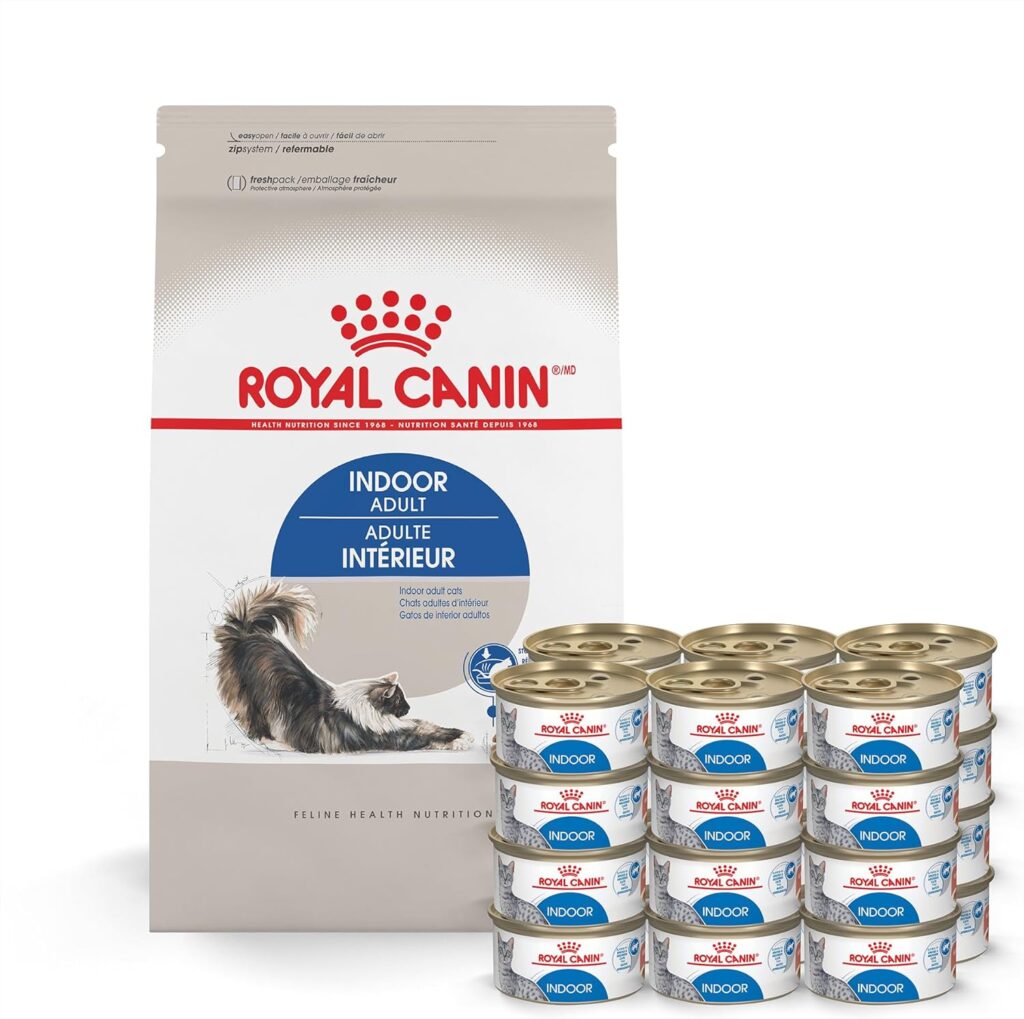
Dehydration and Water Intake
Another significant cause of cat urine crystals is dehydration. Cats are naturally low-water drinkers, but this can lead to concentrated urine, which is more prone to crystal formation. Here are some ways dehydration contributes to the problem:
- Concentration of Urine: When cats do not drink enough water, their urine becomes concentrated, increasing the likelihood of crystals forming.
- Reduced Urination: Less frequent urination means that minerals and waste products are not properly flushed out of the urinary tract, leading to potential crystal formation.
To encourage your cat to drink more, consider these strategies:
- Fresh Water: Ensure your cat has access to clean, fresh water at all times.
- Water Fountains: Many cats are attracted to running water, so a cat water fountain can be a great investment.
- Wet Food: Incorporating wet food into your cat’s diet can significantly boost their water intake.
By being mindful of your cat’s diet and hydration habits, you can effectively reduce the risk of urine crystals and promote overall urinary health.
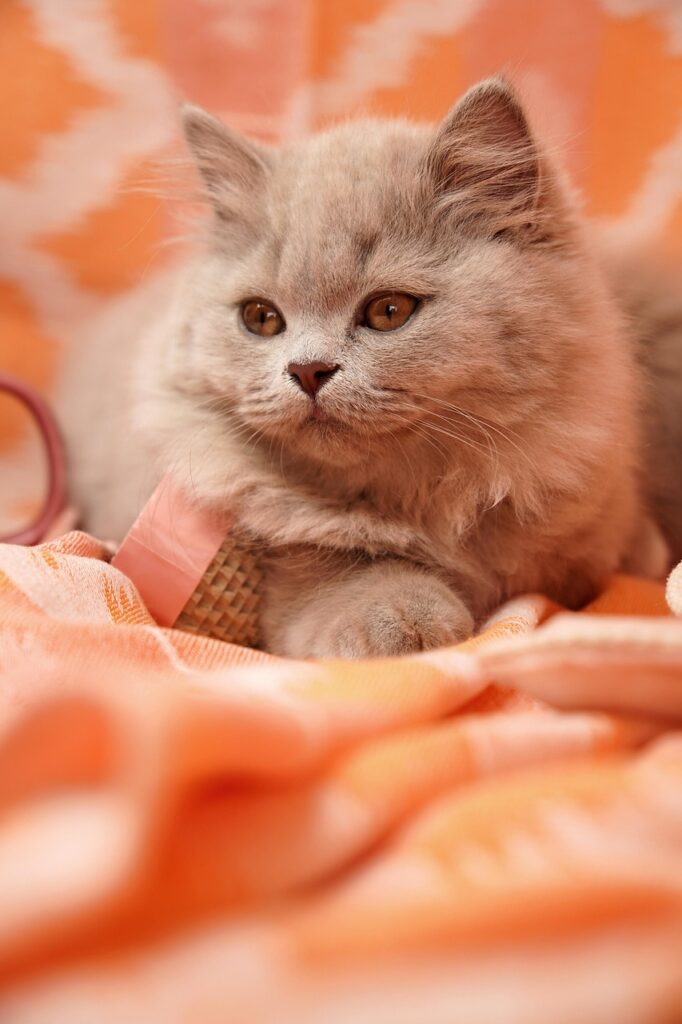
Importance of Diet in Managing Cat Urine Crystals
Having explored the causes of cat urine crystals, it’s clear that diet plays a pivotal role in both preventing and managing this condition. A carefully structured diet can significantly contribute to your cat’s urinary health, decreasing the risk of crystal formation and ensuring they remain happy and healthy.
Ideal Diet for Cats with Urine Crystals
So, what does an ideal diet look like for a cat prone to urine crystals? After my own experiences, I learned that the right combination of nutrients and the right type of food can make all the difference. Here’s what to consider when developing a diet plan for your feline friend:
- High-Quality Proteins: Ensure that your cat is receiving high-quality sources of protein, as these support overall health. However, moderation is key; steer away from protein sources high in purines, such as certain fish and organ meats.
- Low Magnesium and Phosphorus: Choosing a diet low in magnesium and phosphorus can help reduce the chances of struvite crystal formation. Always check the nutritional label to ensure these minerals are within a safe range.
- Urine pH Balance: An ideal diet for managing urine crystals often aims to maintain a neutral urine pH. Look for specially formulated veterinary diets designed to maintain urinary health. Foods designed for crystal management typically contain adjusted protein levels and enhanced moisture content.
- Increased Moisture Content: While dry food is convenient, incorporating wet or canned food into your cat’s daily diet can significantly improve hydration and urinary dilution. This is particularly important for cats dealing with or at risk of crystals.
- Specialty Diets: For cats specifically diagnosed with certain types of crystals, veterinarians often recommend specialty diets like those formulated for urinary health. Brands like Royal Canin or Hill’s Science Diet offer products tailored for cats with specific urinary issues.
In my experience, after tailoring my cat’s diet with these considerations, I observed noticeable improvements in her urinary health. A well-balanced diet not only promotes crystal reduction but also contributes to your cat’s overall well-being. Transitioning to a more suitable diet requires patience and consultation with a veterinarian, but the long-term benefits for your furry friend are truly worth it. Remember, your cat’s health is worth every effort!
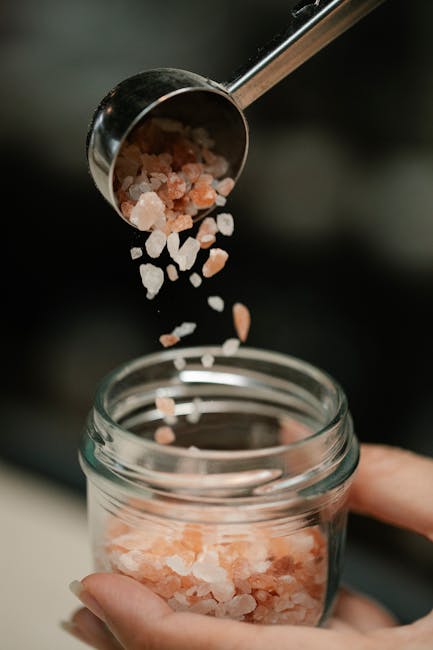
Dietary Changes and Supplements
Having identified the importance of diet in managing cat urine crystals, it’s imperative to explore the necessary dietary changes and the potential role of supplements. Adapting your cat’s diet and incorporating appropriate supplements can greatly enhance their urinary health and overall well-being.
Recommended Dietary Modifications
Transitioning your cat to a new diet can be a bit daunting, but with gradual changes, it can lead to significant improvements. Here are some recommended dietary modifications to consider:
- Switch to Specialized Diets: Consult with your veterinarian about specialty cat foods designed for urinary health. These diets often contain balanced nutrients specifically formulated to prevent crystal formation. Brands like Royal Canin and Hill’s Science Diet have great options.
- Increase Hydration: Introduce more wet food into your cat’s daily meals, or consider using water fountains to encourage drinking. The added moisture reduces the concentration of minerals in the urine, making it less conducive to crystal formation.
- Feed Smaller, Frequent Meals: Instead of one or two large meals, try feeding smaller portions multiple times a day. This strategy can help maintain a healthy urinary flow and reduce the risk of crystal buildup.
- Monitor Protein Quality: Focus on high-quality animal proteins and avoid those that can lead to higher levels of purines in the urine. Opt for protein sources such as chicken or turkey over fish or red meat.
When I adapted my own cat’s diet using these modifications, I noticed a significant improvement in her urinary health. Integrating wet food made a remarkable difference—she was much more enthusiastic about mealtime!
Role of Supplements in Crystal Prevention
In addition to dietary modifications, certain supplements can play a supportive role in crystal prevention. Here’s how you can boost your cat’s health with the right products:
- Omega-3 Fatty Acids: These essential fatty acids can help reduce inflammation and maintain overall urinary tract health. Fish oil or flaxseed oil are good sources, but always consult your vet for appropriate dosages.
- Probiotics: Introducing probiotics can help maintain a healthy gut microbiome, which indirectly supports urinary health and helps in the digestion of nutrients efficiently.
- Urinary Acidifiers: Sometimes, supplements that specifically aim to acidify the urine can be beneficial, particularly for cats prone to struvite crystals. These need to be administered under veterinary guidance.
- L-Theanine: This amino acid can support stress reduction, which is especially beneficial as stress can sometimes exacerbate urinary issues in cats.
By incorporating these dietary changes and supplements, you’ll be taking proactive steps toward preventing the formation of urine crystals, enhancing your cat’s health and happiness in the process. It’s important to work closely with your veterinarian to devise an appropriate plan tailored to your cat’s specific needs. Each cat is unique, and what works for one may not work for another, so careful monitoring is essential.
Veterinary Recommendations and Monitoring
Navigating the complexities of managing cat urine crystals can be a challenging journey, but seeking veterinary advice and committing to careful monitoring can make all the difference. As we wrap up our discussion on dietary changes and supplements, let’s explore the importance of veterinary recommendations and how to effectively monitor your cat’s diet.
Consulting a Veterinarian for Diet Plans
Consulting your veterinarian is the cornerstone of developing a tailored diet plan for your cat. While many dietary modifications seem straightforward, expert guidance is vital for several reasons:
- Personalized Nutritional Assessment: Every cat has unique health needs based on age, weight, breed, and medical history. A vet can assess these factors and recommend a balanced diet that fits your cat’s lifestyle.
- Specialized Diets: Your veterinarian can prescribe specific therapeutic diets aimed at preventing urine crystal formation. These diets are formulated to manage urinary pH and mineral content.
- Regular Check-ups: Frequent visits will keep your cat’s progress on track. Vets can advise on potential dietary adjustments based on laboratory results or changes in your cat’s health.
In my own experience, my vet helped me navigate the various food options available, pointing me toward the right products that addressed my cat’s urinary concerns effectively. It created a sense of relief knowing my decisions were informed by professional advice.
Monitoring and Adjusting Diet Effectively
Monitoring your cat’s response to dietary changes is equally important. By observing how your cat reacts to new food or supplements, you can ensure their health is improving and make adjustments as necessary. Here’s how to effectively monitor the situation:
- Observation: Keep an eye on your cat’s behavior and litter box habits. Are they urinating more frequently? Is there any straining or discomfort? Any changes in these areas can provide insight into their urinary health.
- Regular Vet Visits: Schedule follow-up appointments with your veterinarian to assess your cat’s urinary health through urine tests and examinations. These visits can help track improvements or identify any persistent issues.
- Journal Keeping: Consider maintaining a food diary, noting what your cat eats, any symptoms observed, and how they respond over time. This can be an invaluable tool during vet visits to discuss any necessary adjustments.
- Adjusting Based on Results: If your cat is not improving or if other health concerns arise, work with your vet to adjust their diet or explore additional treatments.
Ultimately, open communication with your veterinarian, coupled with diligent monitoring, empowers you to protect and enhance your cat’s health effectively. The road to managing urine crystals is much smoother with the right guidance and proactive care.

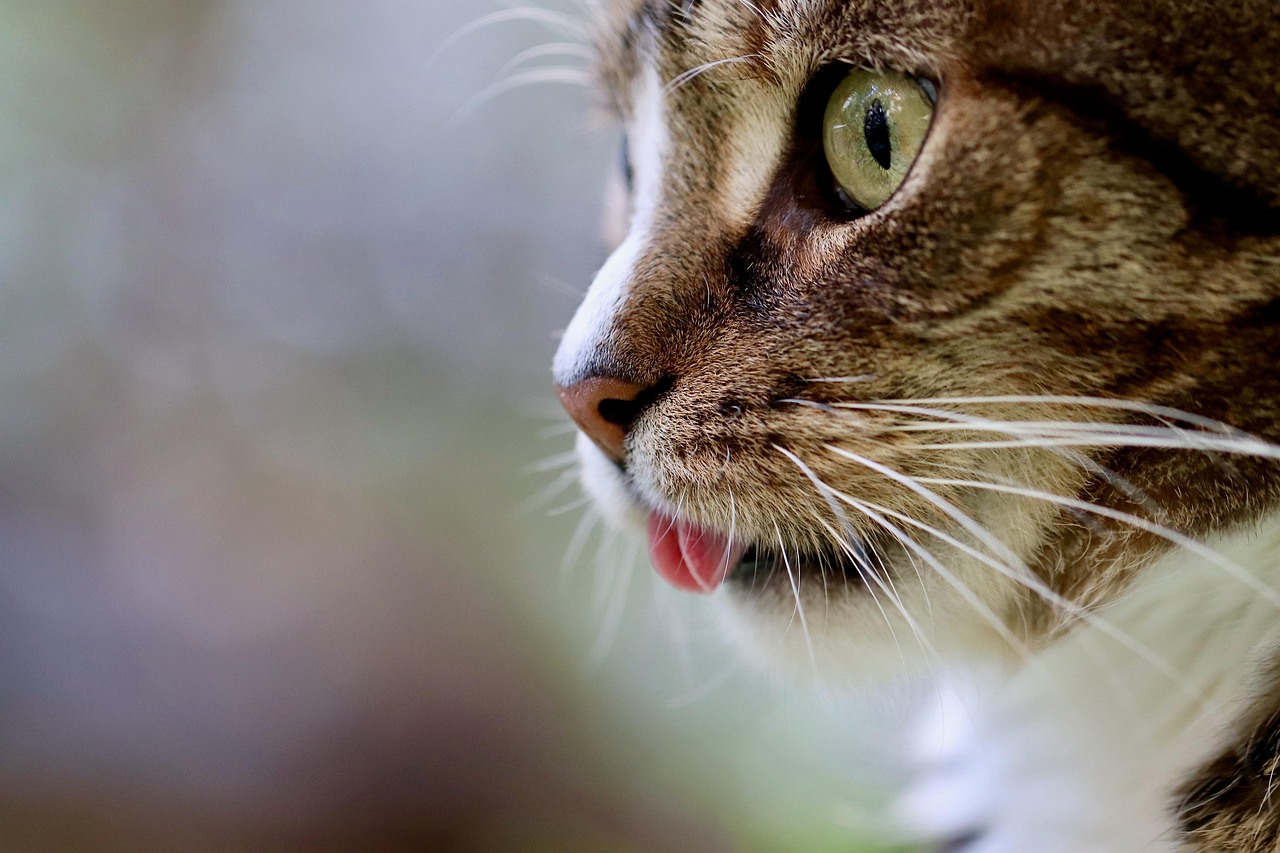
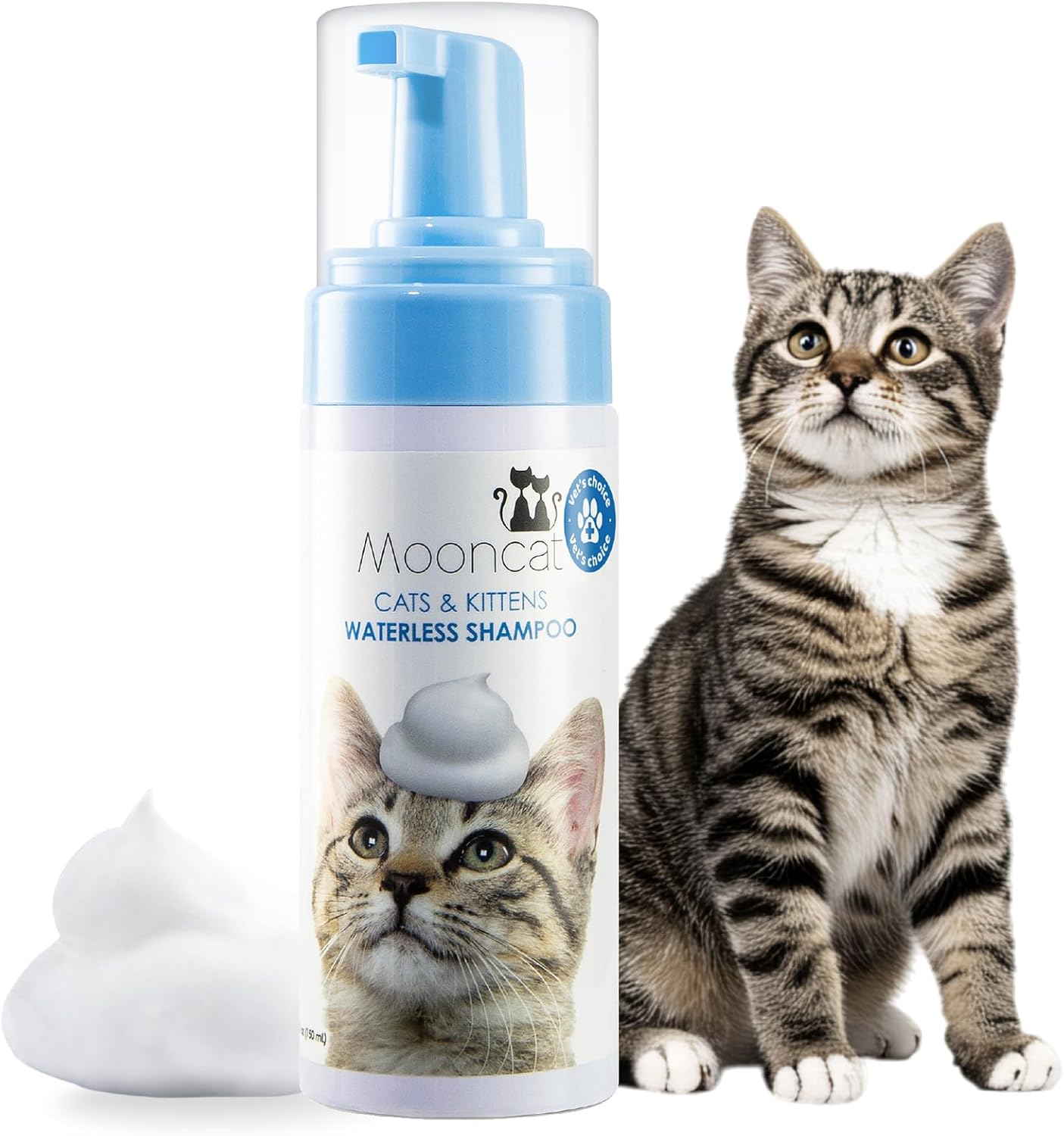
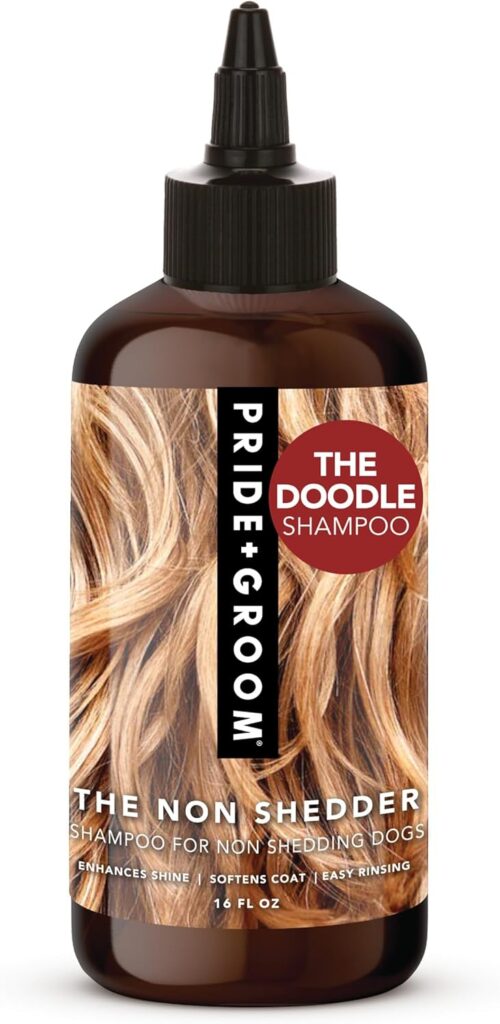
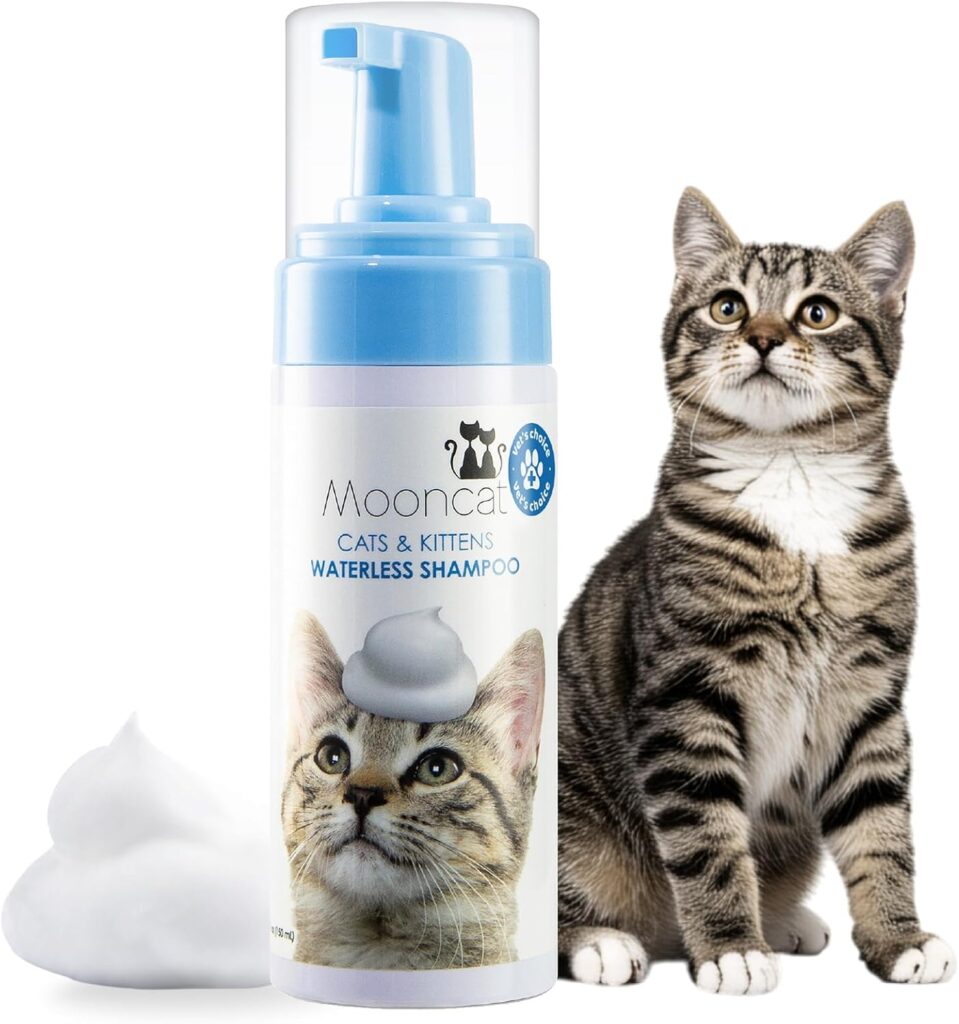


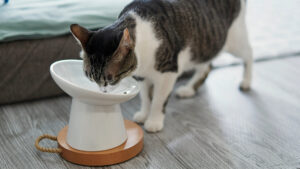
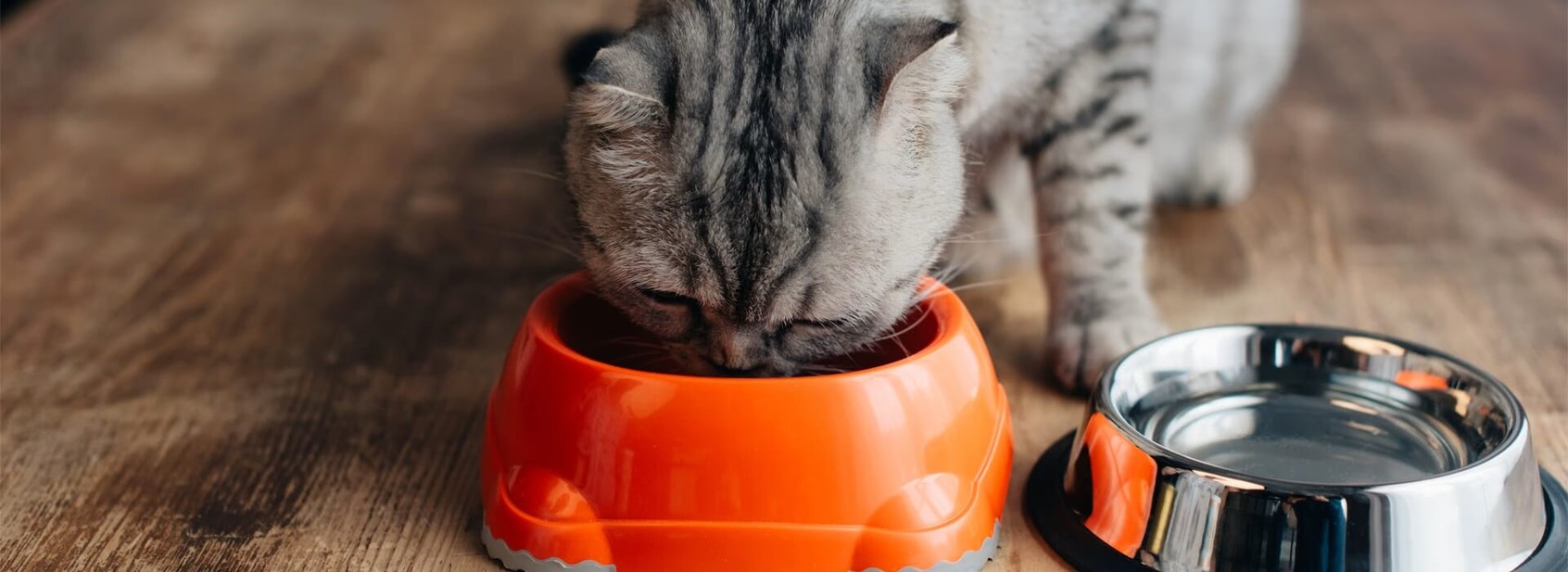

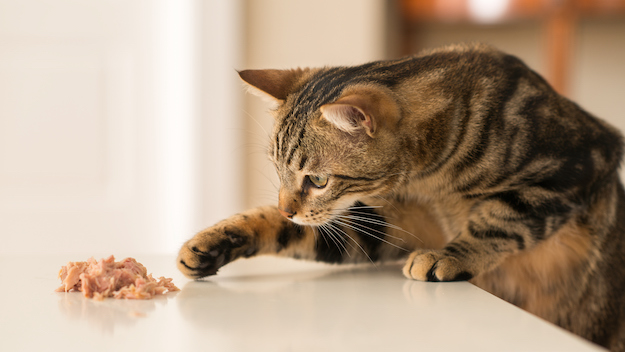
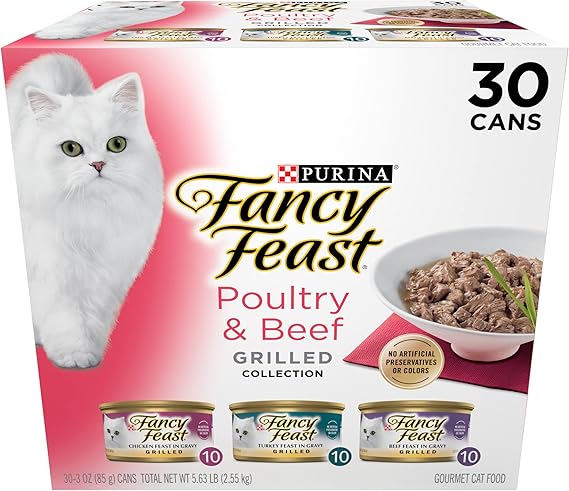

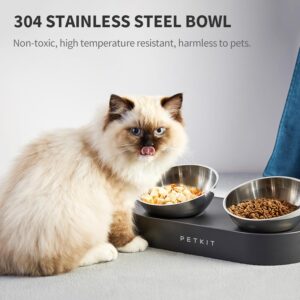
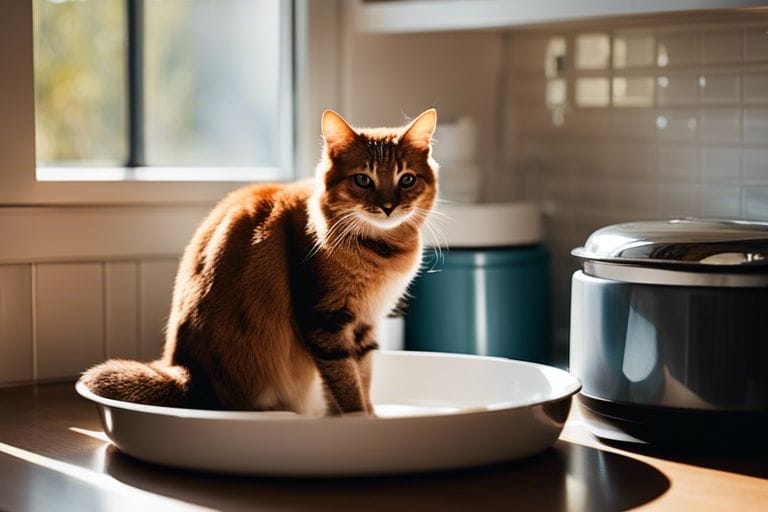
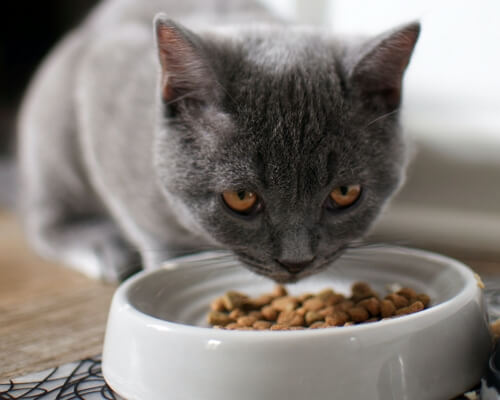
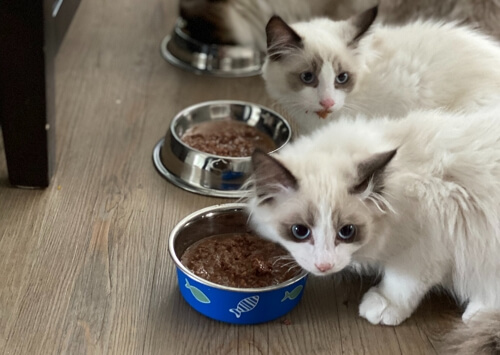
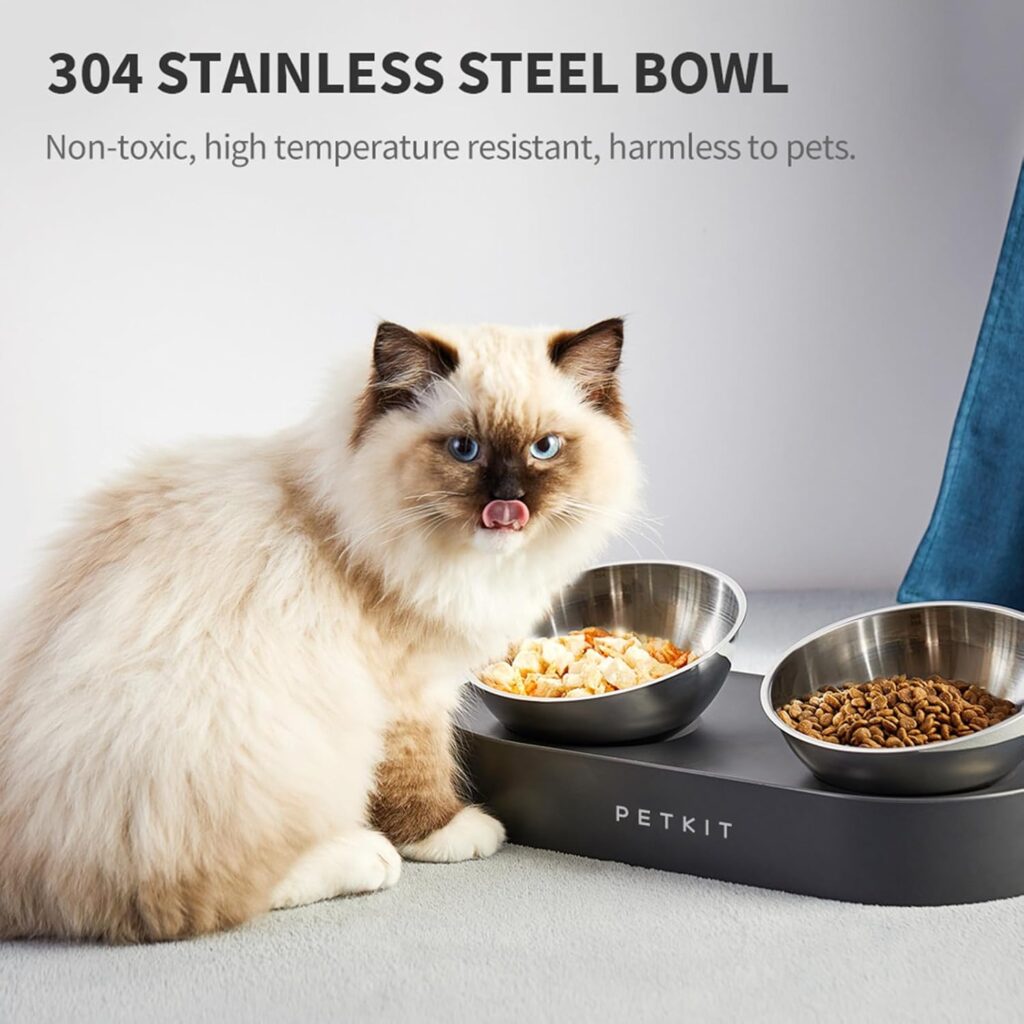
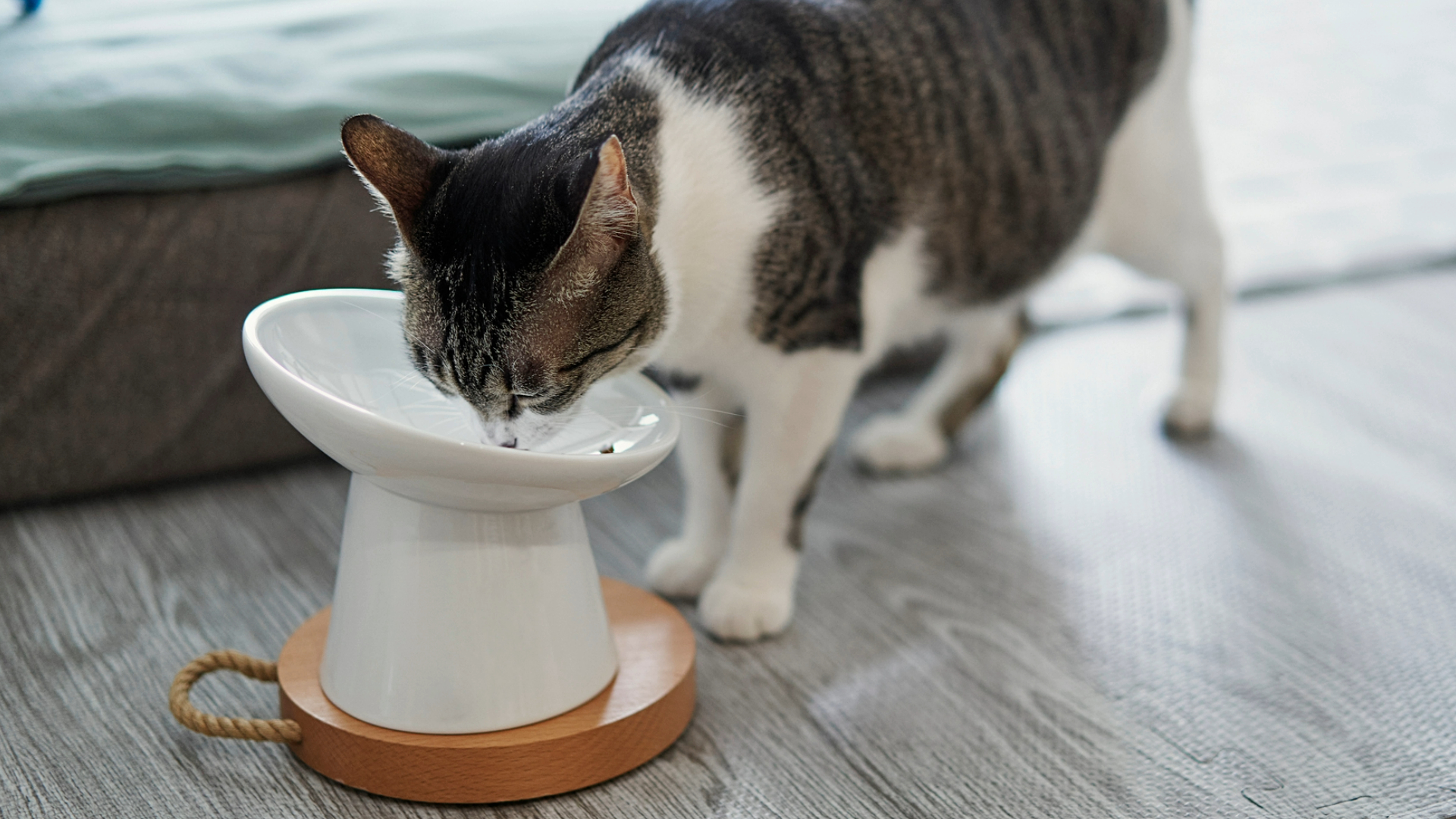
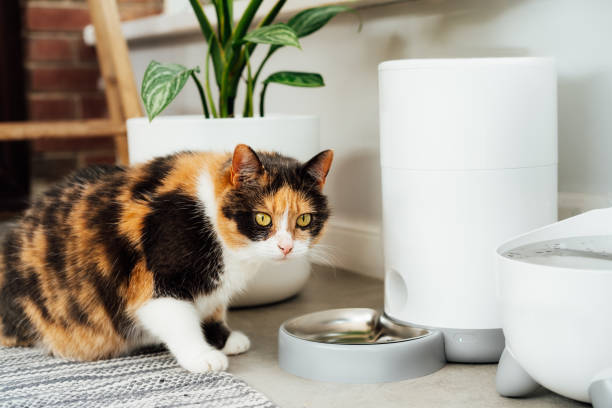
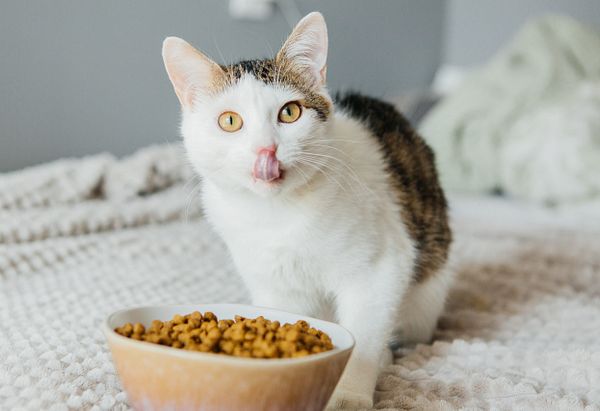
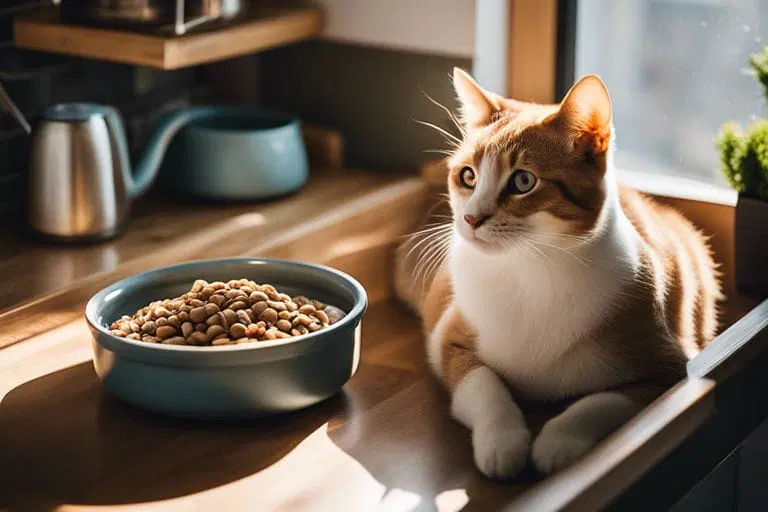
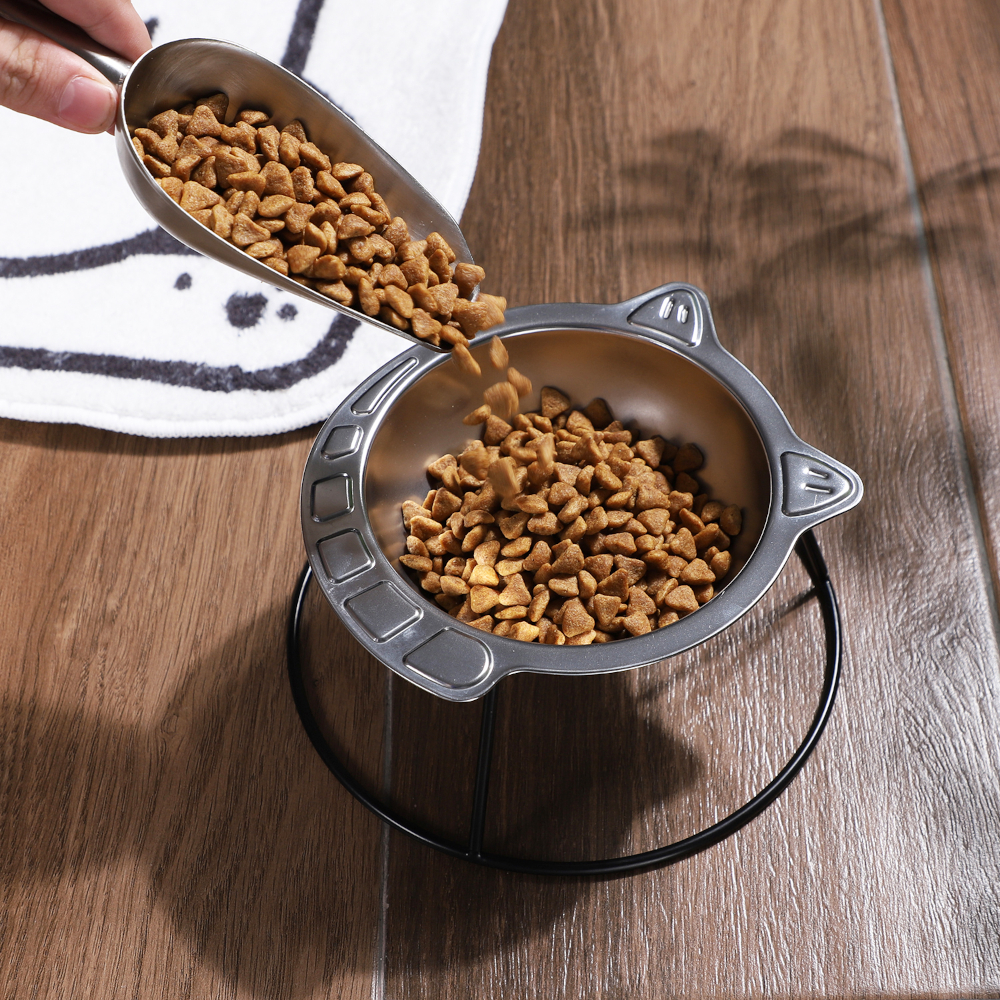
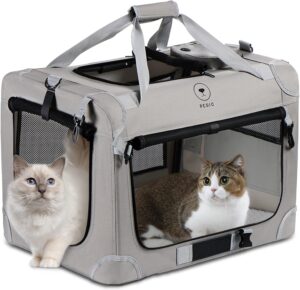
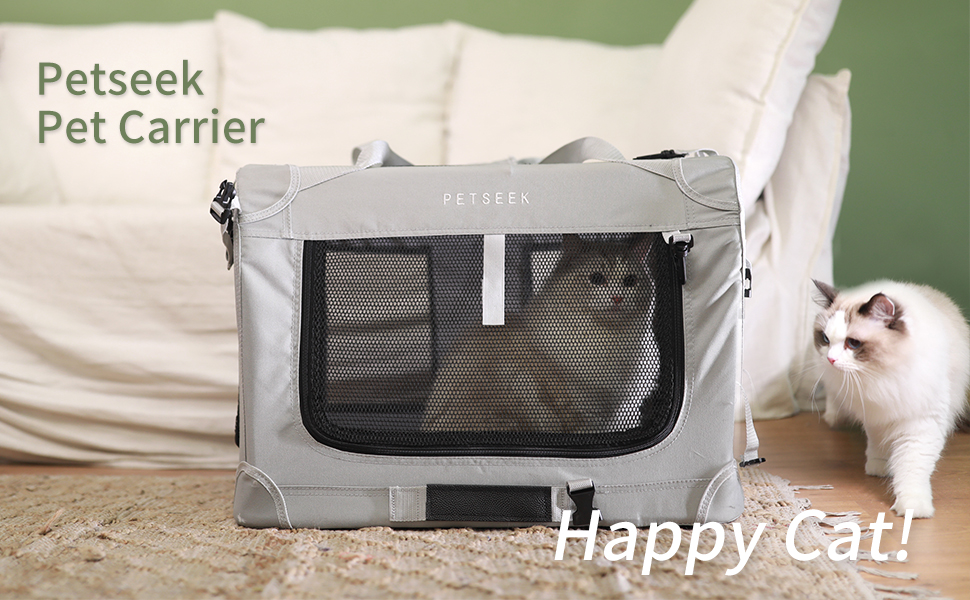
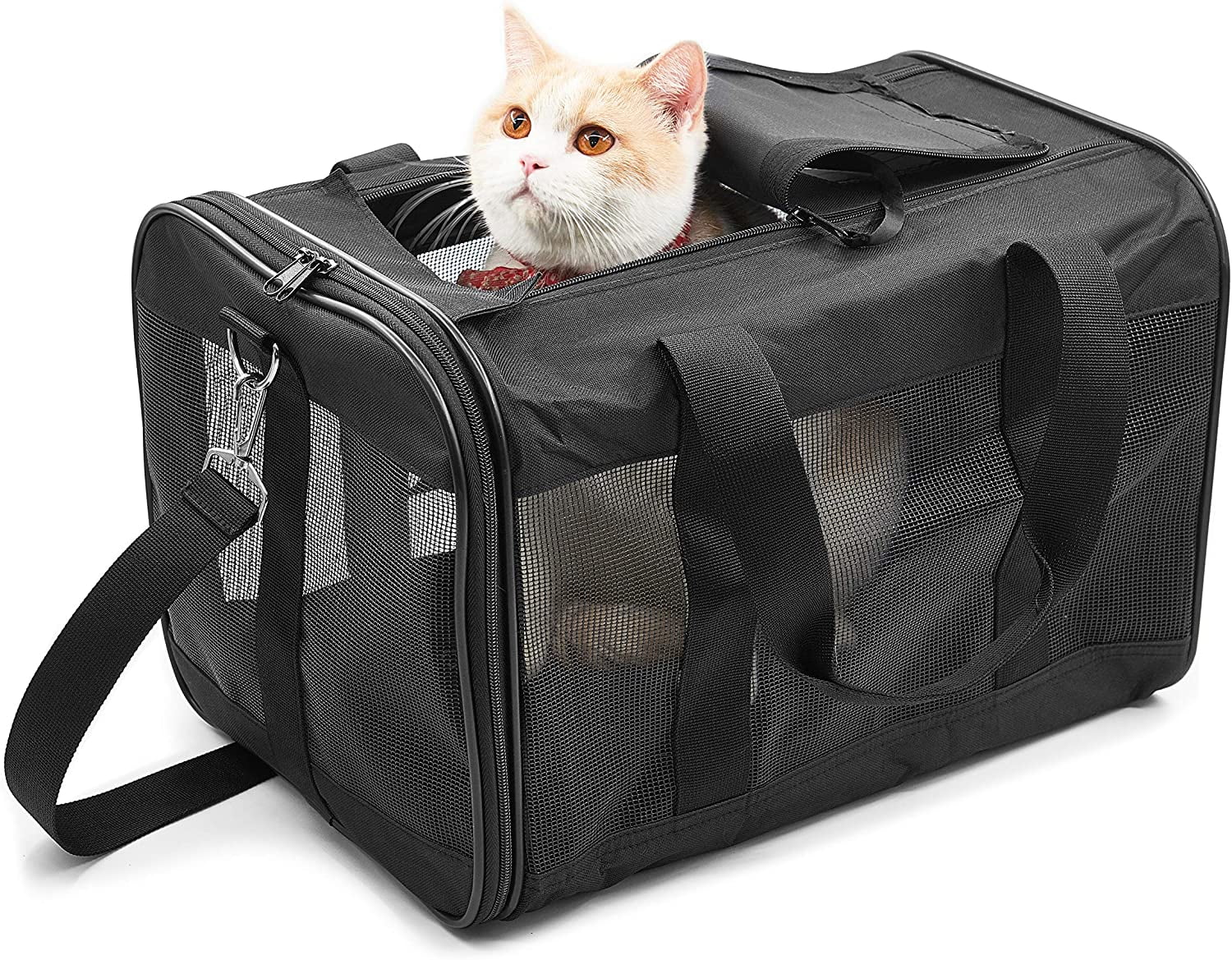
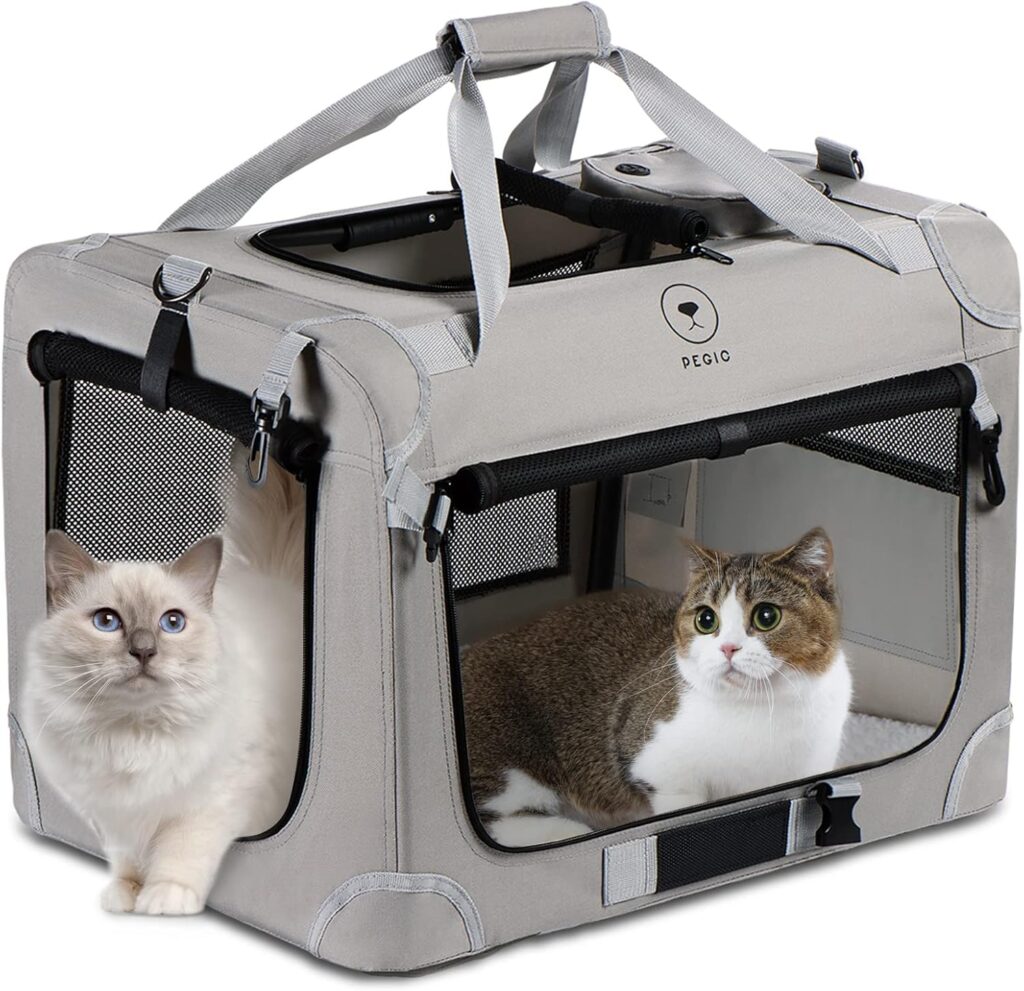
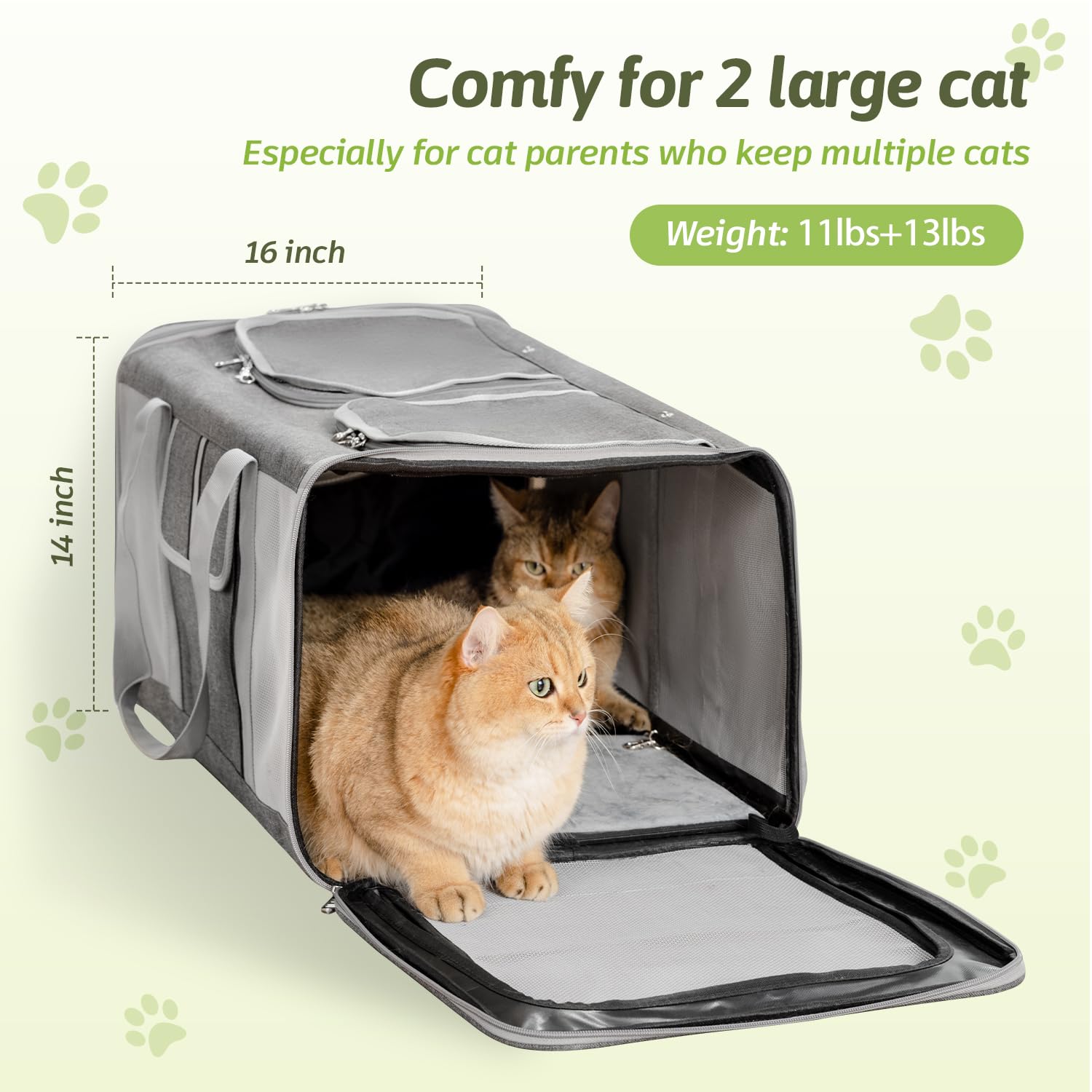

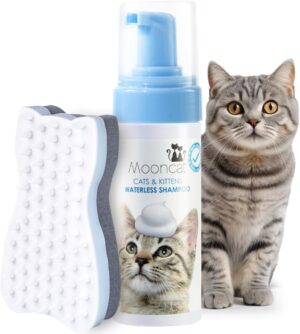
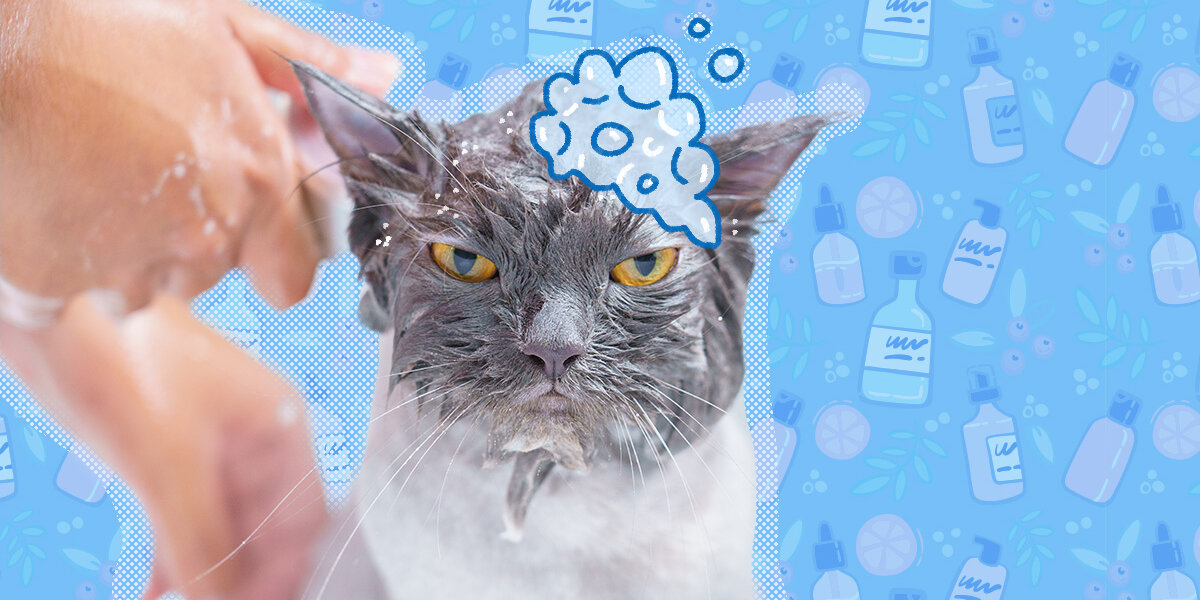
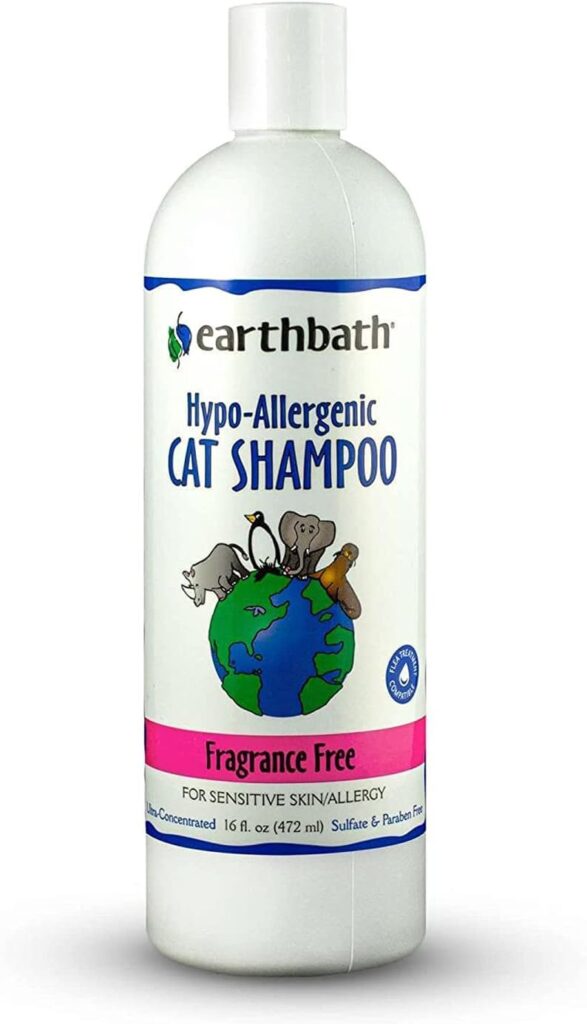
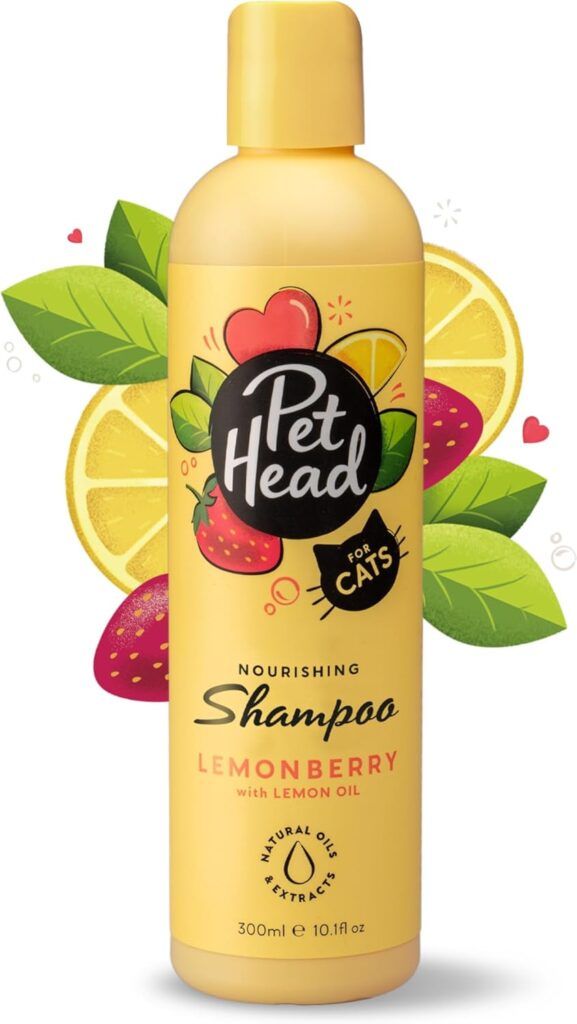

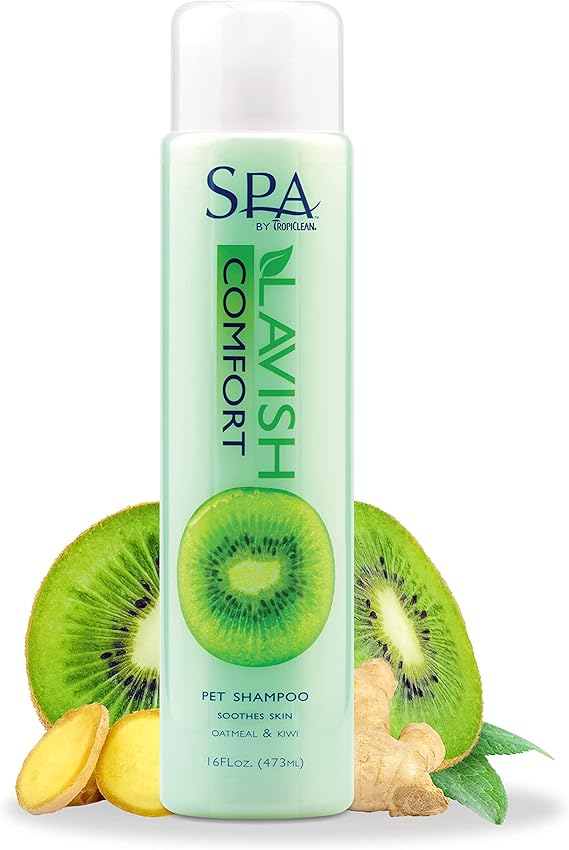
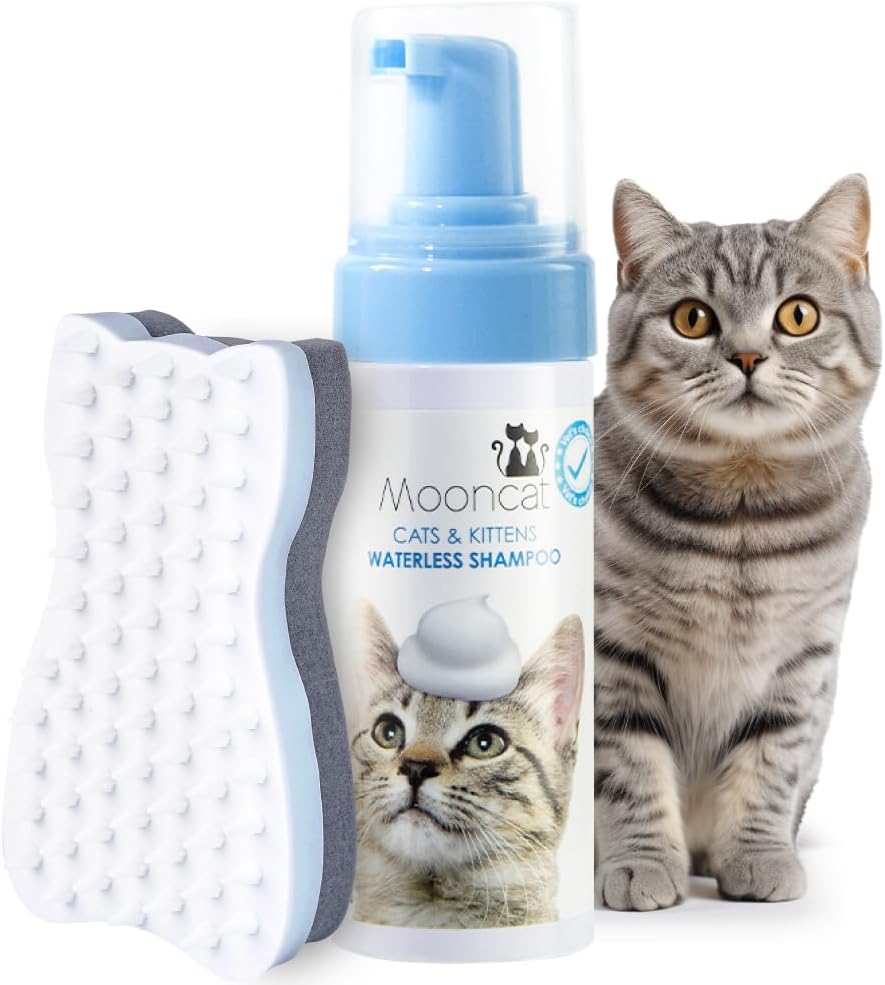
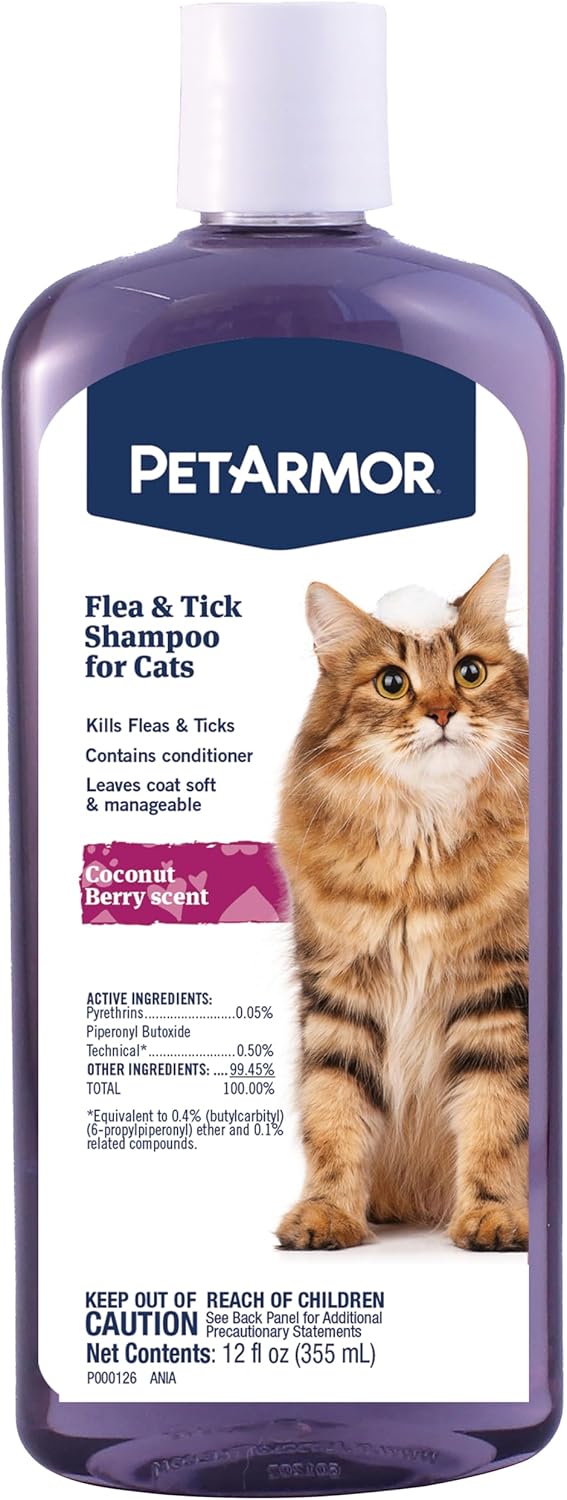
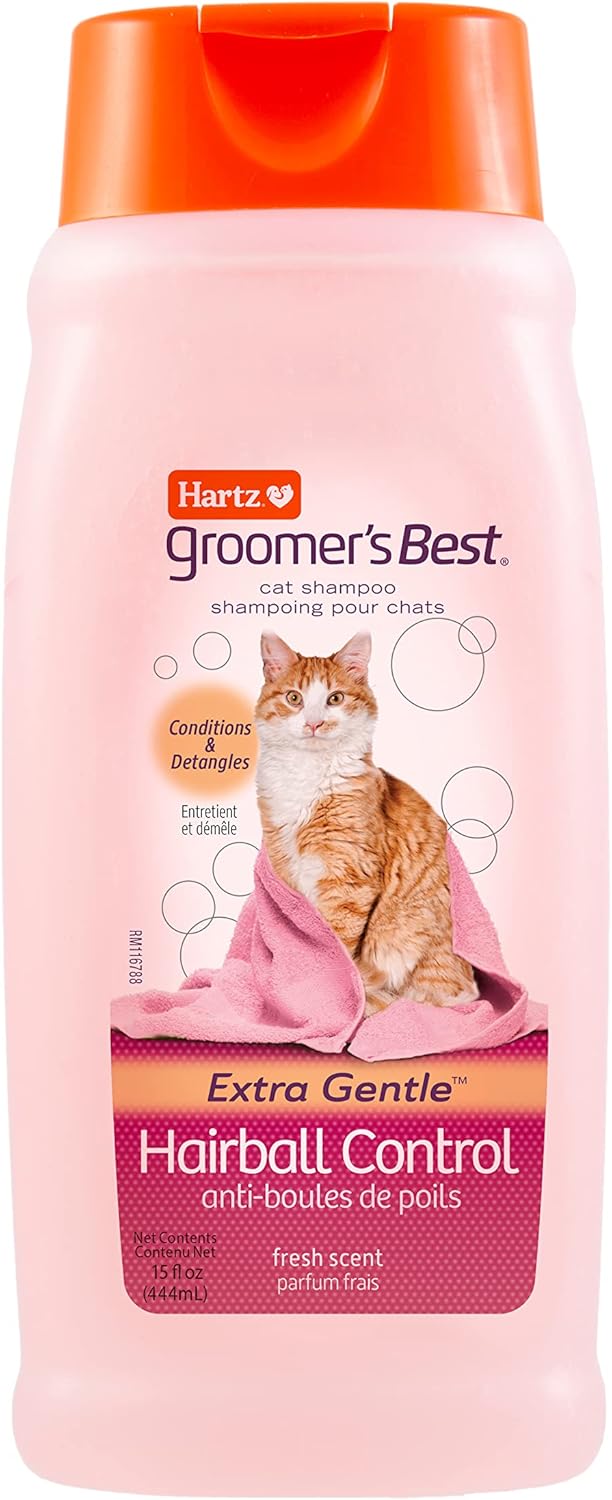
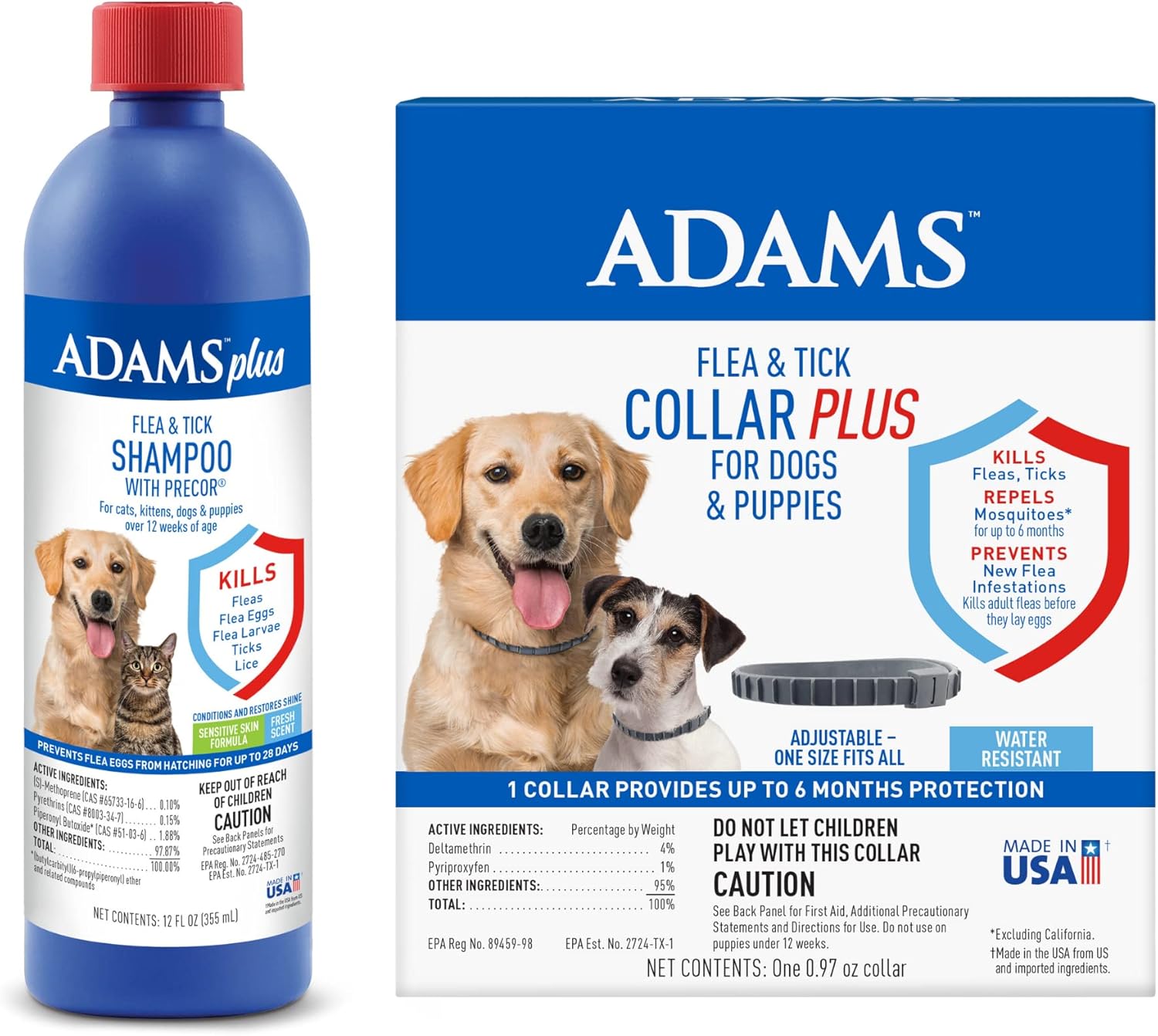

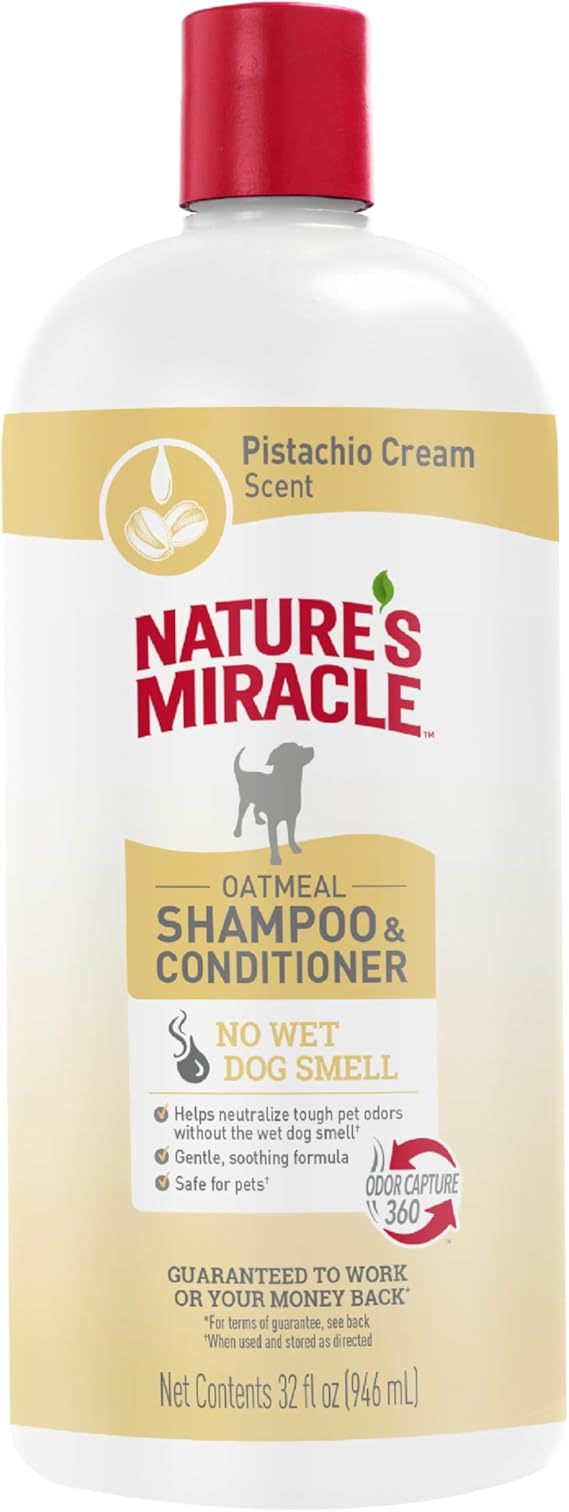
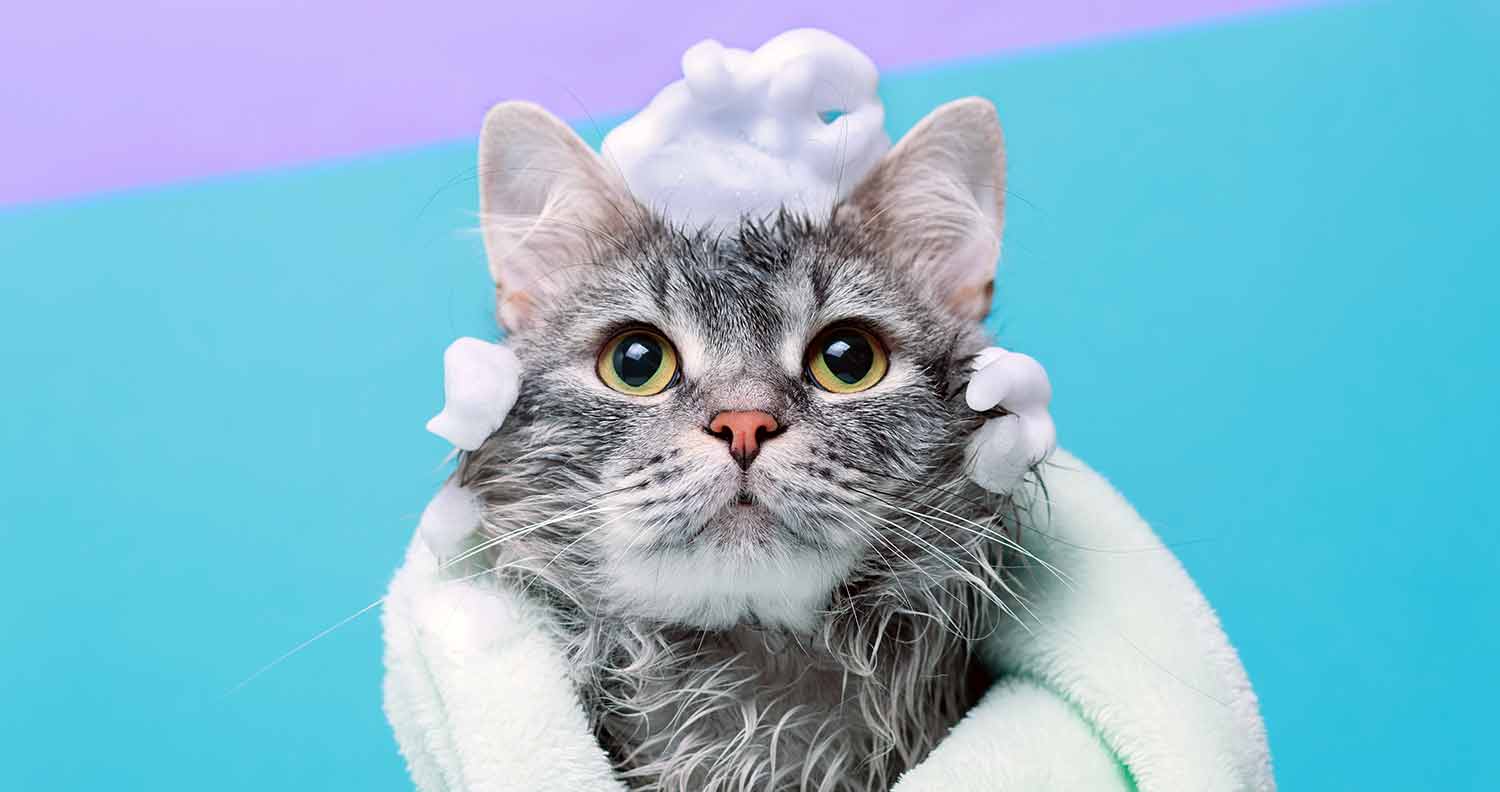
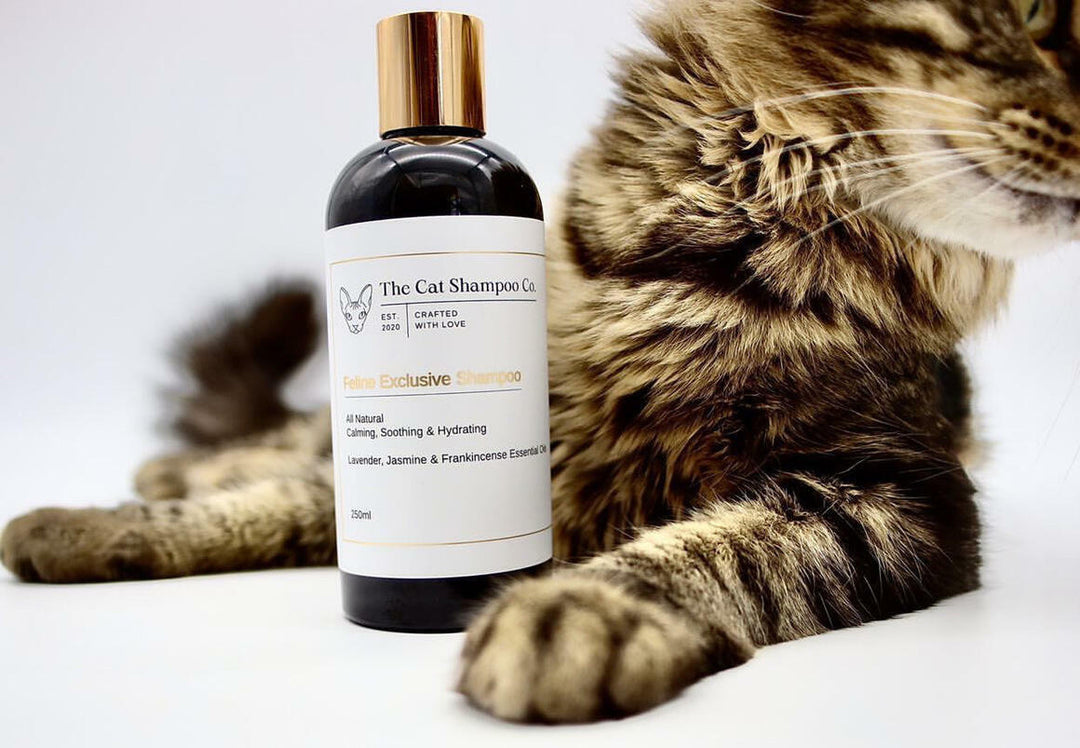
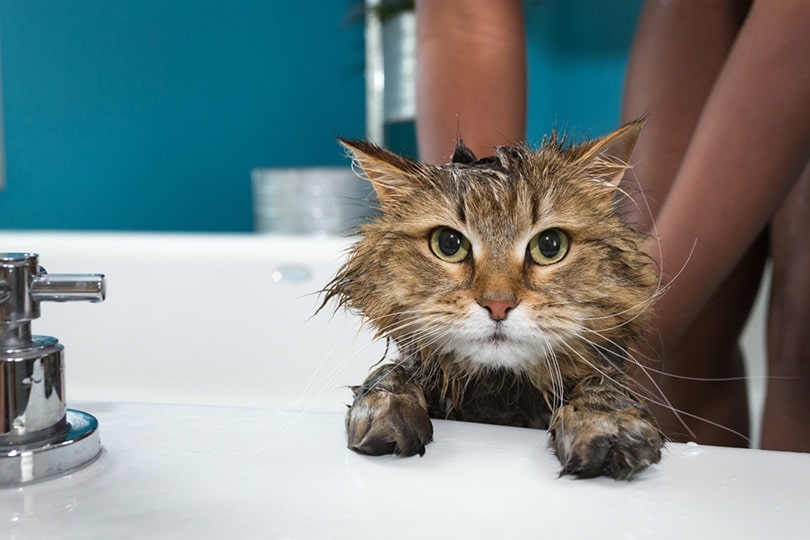
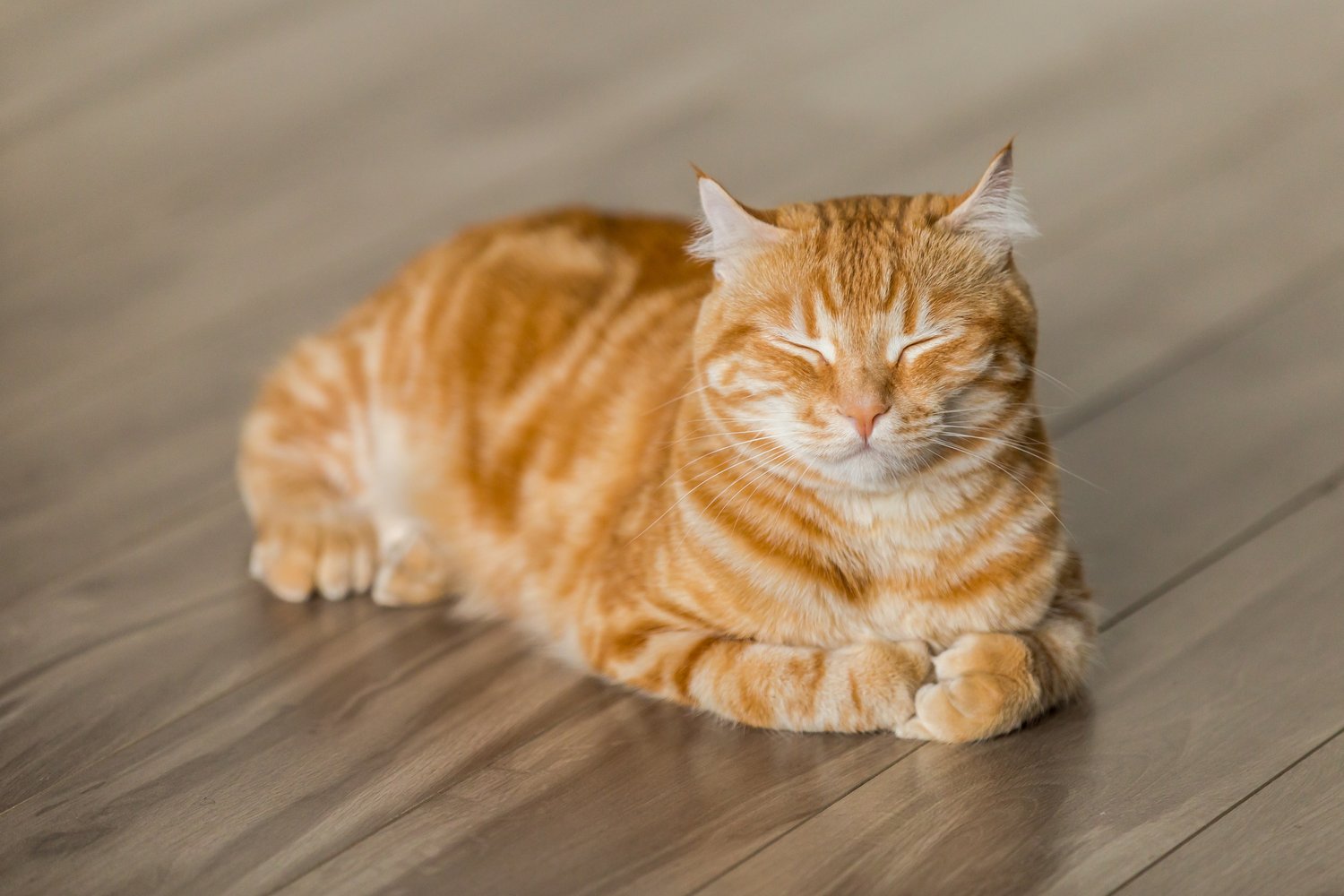
:strip_icc()/sps-burts-bees-cat-2-in-1-double-sided-pin-bristle-brush-sara-luckey-10-2f7edbed0a8b4c8992bdc28757142438.jpeg)

